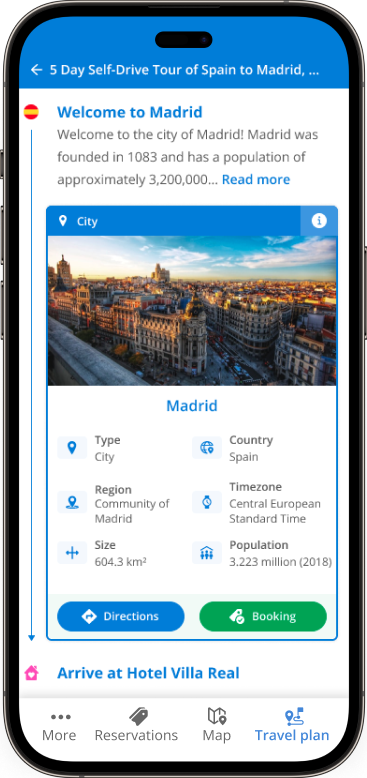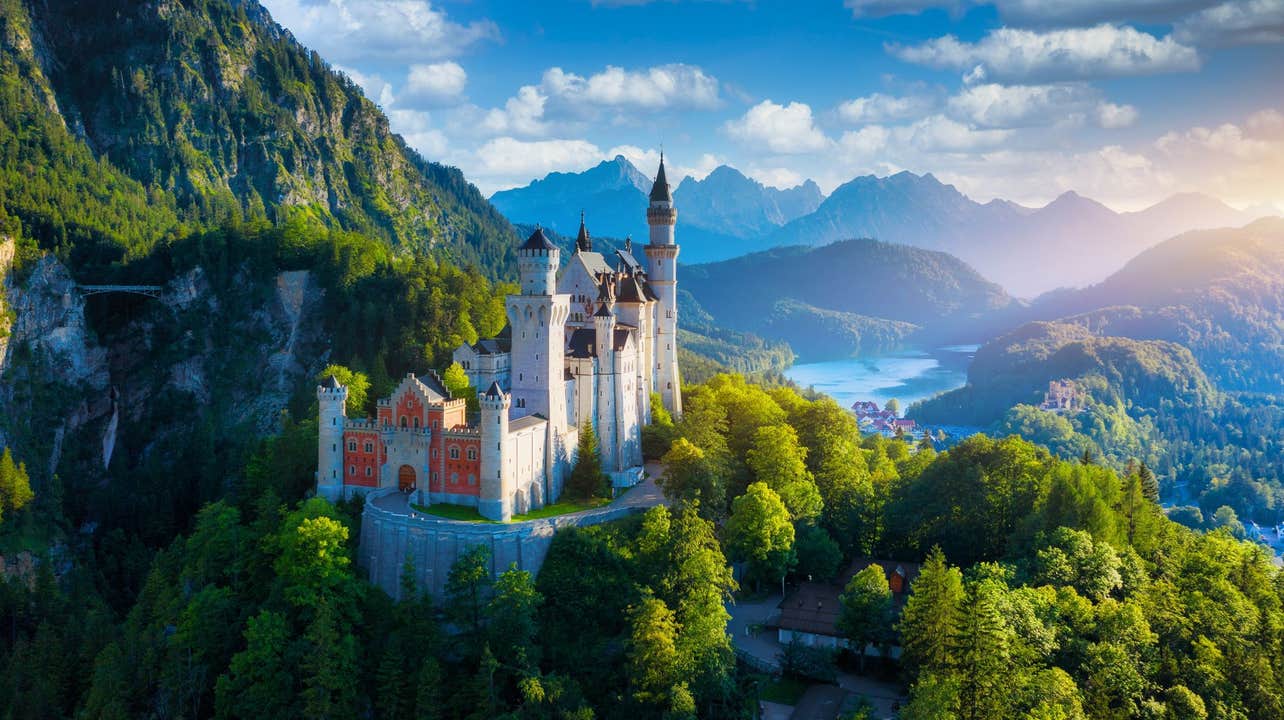
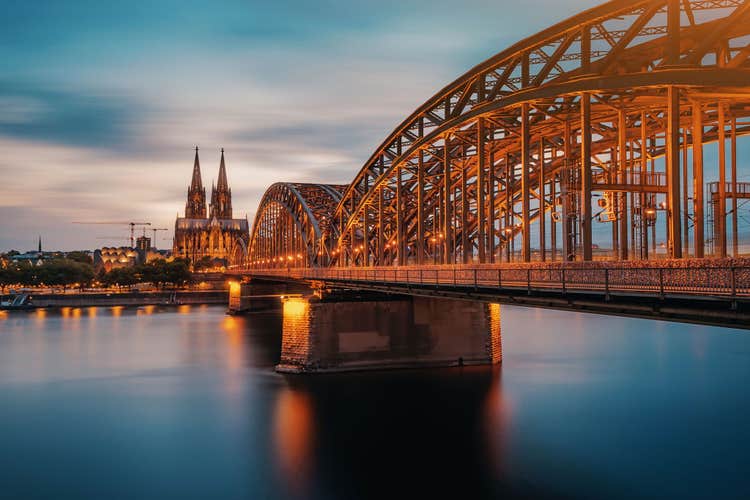


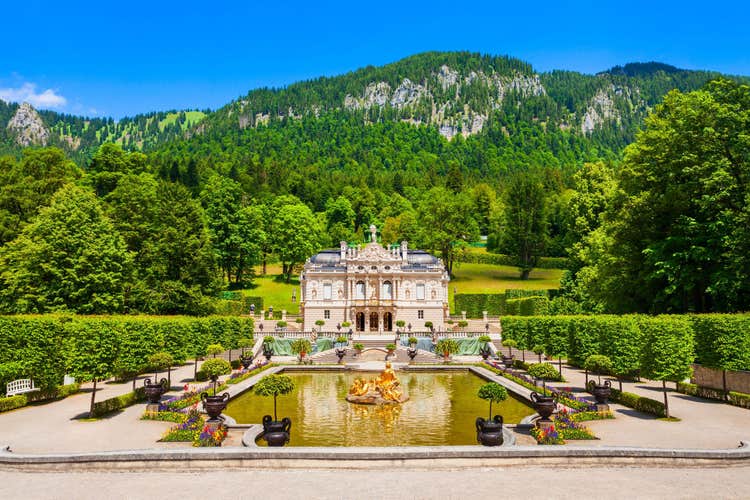
Discover the best time to visit Germany. Dive into this guide to learn about top activities for each month, local weather, and crowd levels. From the majestic Alps to historic castles, churches, and lively beer festivals, this article offers expert tips to help you make the most of your German adventure.
Germany is a land of medieval towns, hearty cuisine, and centuries of rich history. Experience Oktoberfest, explore a variety of tours and activities in Germany, or immerse yourself in the world of beer with German brewery tours.
With so much to see and do, planning your visit can feel overwhelming. Luckily, a few simple tips can make it easier.
Before you look for the best flights to Germany, start by determining the best time to visit. This guide will help you figure that out. Then, check out our blog on the best things to do in Germany for plenty of inspiration to craft your perfect itinerary.
This article breaks down the seasons, explains what you can expect for each month, and shares details you shouldn’t miss to help you find the best time to visit Germany. Guten tag, and let’s get the travel plans rolling!
The Best Time To Visit Germany: A Breakdown of the Seasons
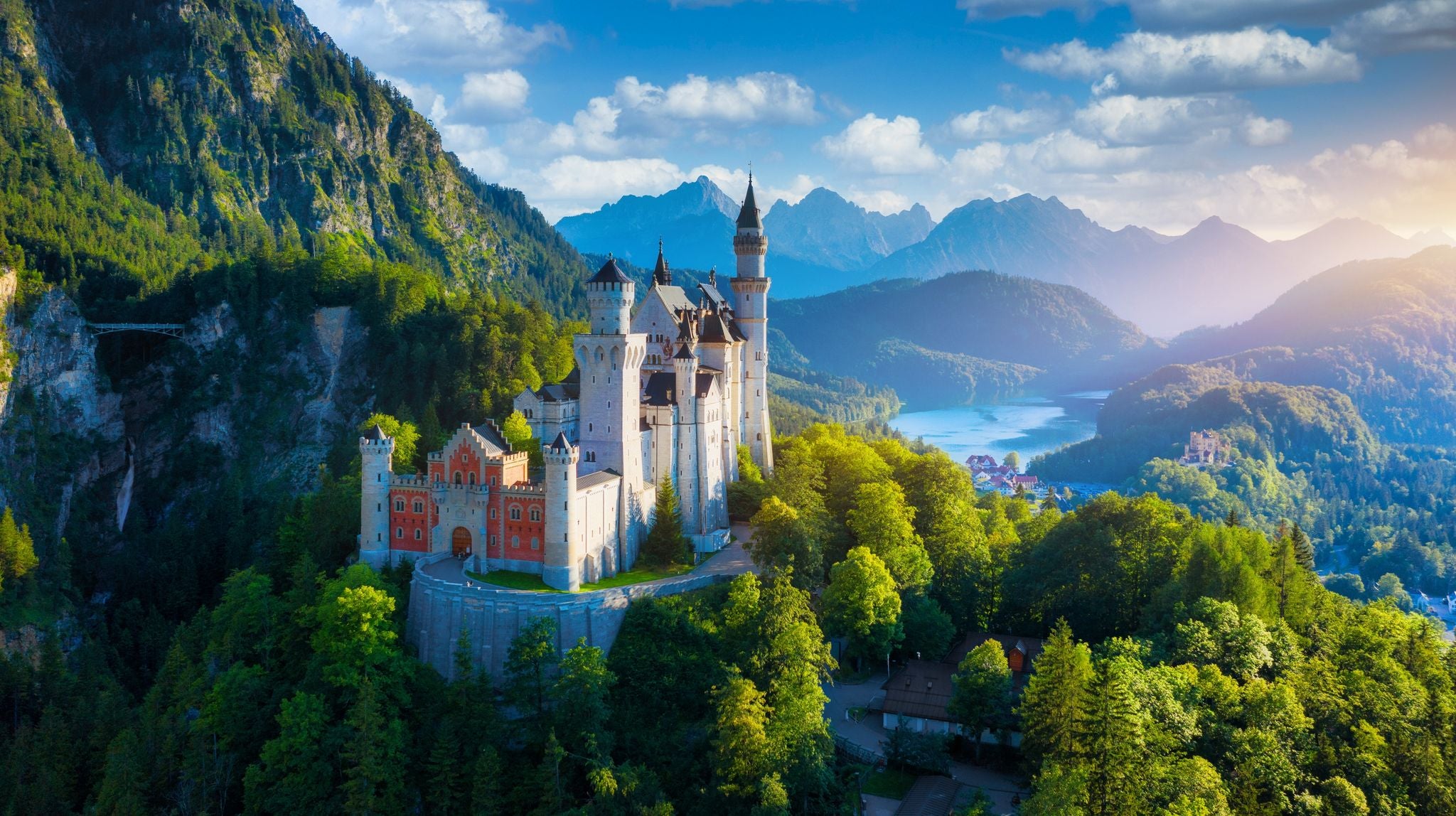
Germany is a flexible travel destination offering something to every kind of traveler, regardless of season. However, as much as your interests should guide you in planning the best time to visit Germany, the weather is also an important factor. Below are details you should know about the four seasons of Germany.
Germany in Spring: Flower Festivals and Easter Traditions

When magnolia trees and daffodils bloom, it means that winter in Germany is over. Spring brings in the much-awaited warmth along with the vibrant colors of its many festivals and celebrations.
It’s the best time to visit Germany if you prefer mild weather and stunning scenery. When you visit, make sure to join nature walks in Germany.
As a popular season, spring also brings longer daylight hours. This gives travelers more time to explore and enjoy Germany’s sights. The average temperature in spring ranges from 41 F to 59 F (5 C to 15 C), gradually warming up as the season goes along.
Expect mild and changing weather, with occasional showers and bursts of sunshine. March and April may feel chilly, while May brings warmer temperatures and more consistent sunshine.
Activities To Do and Places To Visit in Germany in Spring

Join Easter celebrations: Easter is a big deal in Germany. It’s a great time to experience how Germans celebrate a festival that is rather known worldwide. In the week leading up to Easter, you’ll get to witness pageants, concerts, and processions in cities and towns all over Germany.
Participate in carnivals and festivals: Spring is the best time to visit Germany for festivals and carnivals. Walpurgis Night in April (Walpurgisnacht) & Ascension Day in May are highly anticipated celebrations. Vacationers can celebrate while surrounded by marching bands, music shows, and street food displays.
Discover scenic routes: Spring is the best time for road trips in Germany. A Romantic Road day tour will take you on a route that winds through picturesque villages, medieval towns, and fairy-tale castles. Spring is also the best time to visit the Black Forest, the Rhine River Valley, or the Bavarian Alps.
Visit Bonn for the cherry blossoms: The city of Bonn transforms into an ocean of pink flowers in April. The Cherry Blossom Festival is the highlight of the city during spring. Take lots of photos of Bonn’s famous tree-lined tunnels and participate in street parties.
Tips for Visiting Germany in Spring
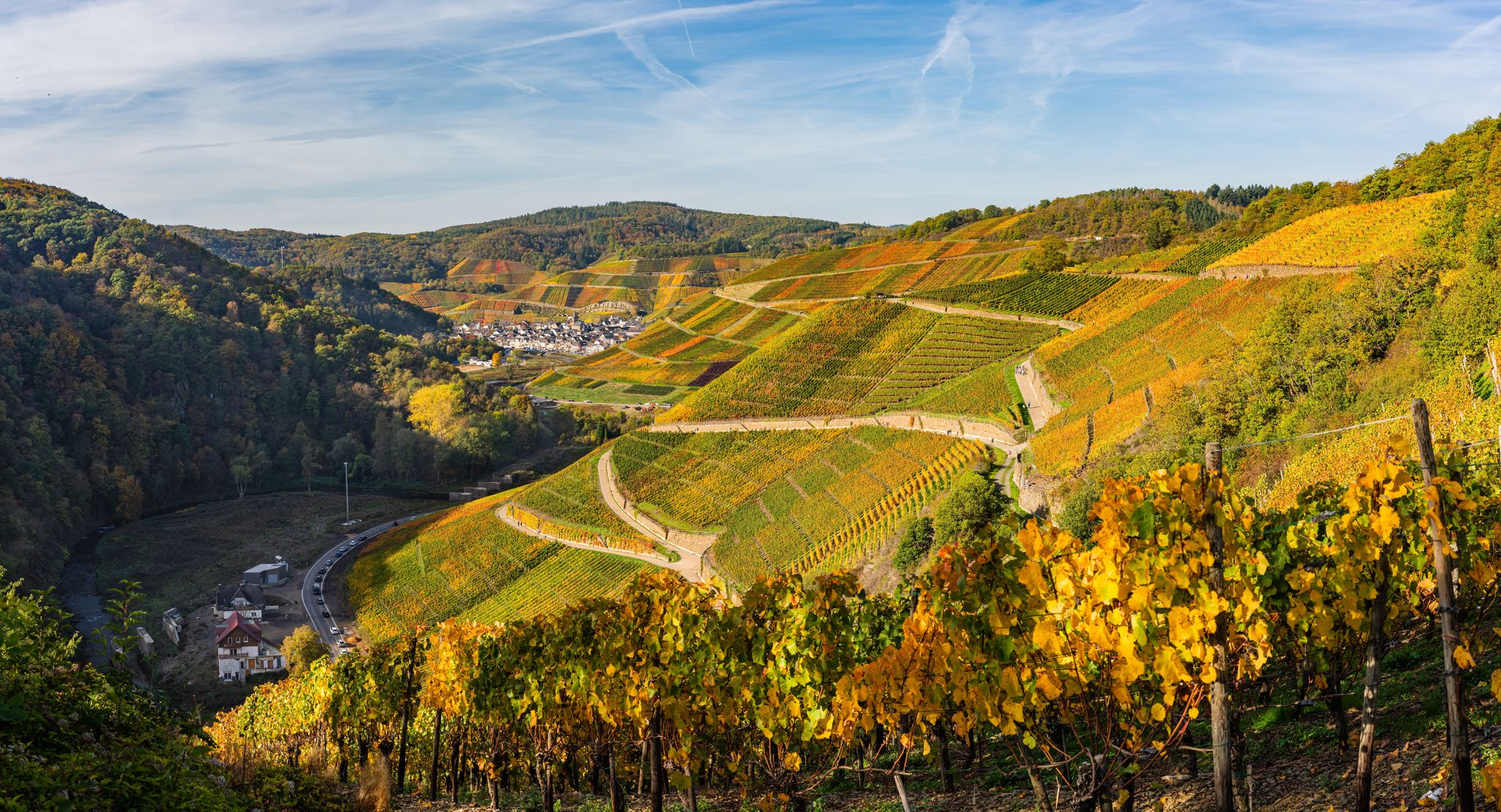
Pack layers for variable weather conditions: Include a waterproof jacket and comfortable walking shoes. Be prepared for changing temperatures and occasional rain. Rain is common during spring, especially in mountainous regions in Germany.
Book accommodations and attractions in advance: In spring, tickets run out quicker, especially during popular festivals and holidays. Attraction tickets and accommodations in Germany are also often cheaper when you reserve them in advance.
Explore lesser-known destinations: The Ahr River Valley is a great spot to visit during spring. Here, you’ll enjoy the lush green scenery and the wine culture minus the crowds.
Germany in Summer: Outdoor Adventures
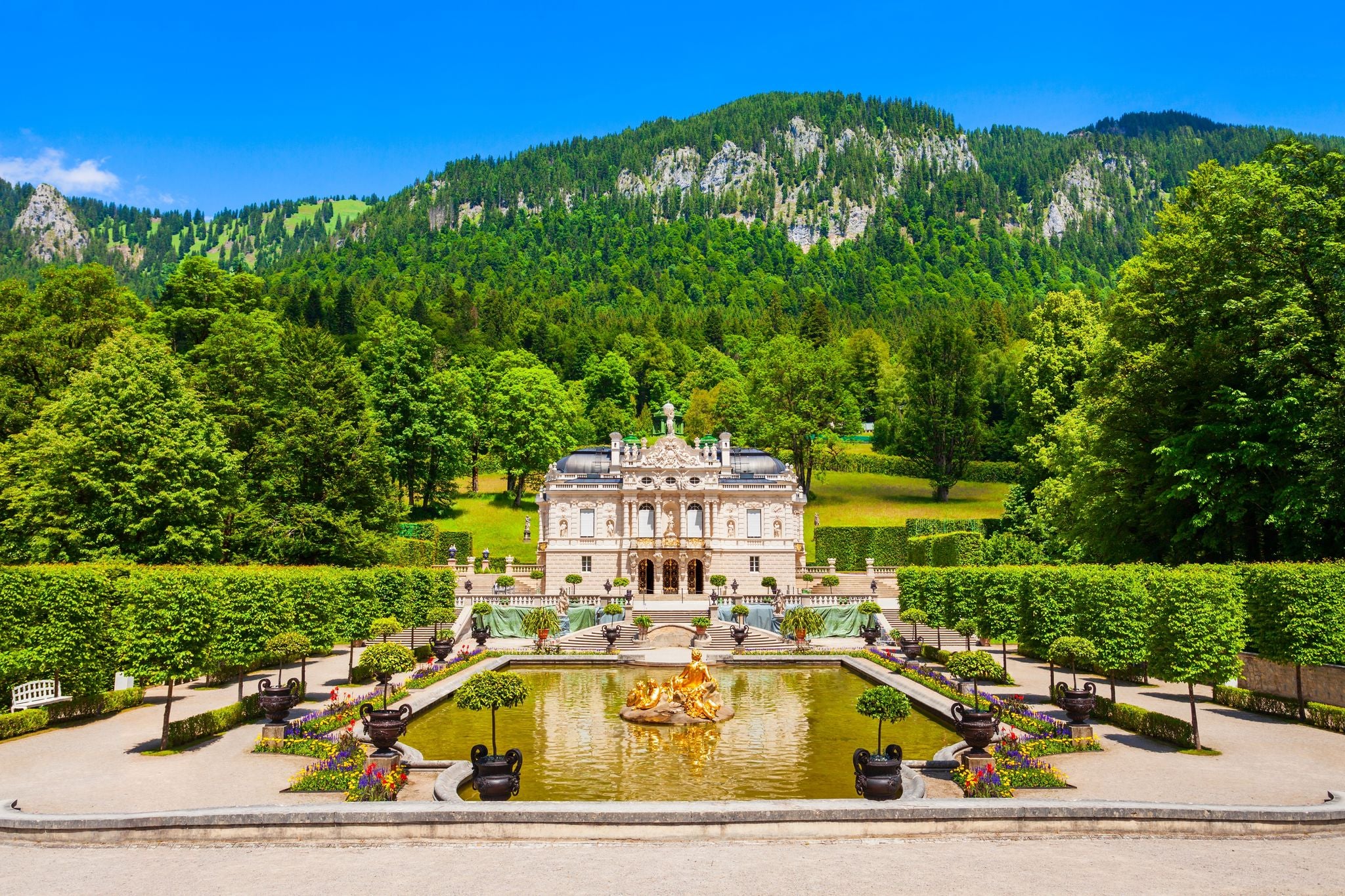
Summer in Germany is the season of open-air cafes and bustling markets. It’s the best time to visit Germany if you find views of rolling hills and scenic lakes enjoyable.
Long days and warm temperatures make summer an ideal time to see Neuschwanstein Castle and Linderhof Palace on a tour and join an exciting beer and food tour in Munich.
Average temperatures in summer range from 68 F to 77 F (20 C to 25 C), with occasional heat waves pushing temperatures higher. The best time to visit Germany in summer is July and August if you’re targeting its warmest months.
The weather can be unpredictable, so it's essential to be prepared for sudden changes. Expect sunny days with occasional rain showers or thunderstorms, particularly in the afternoon and evening.
Activities To Do and Places To Visit in Germany in Summer
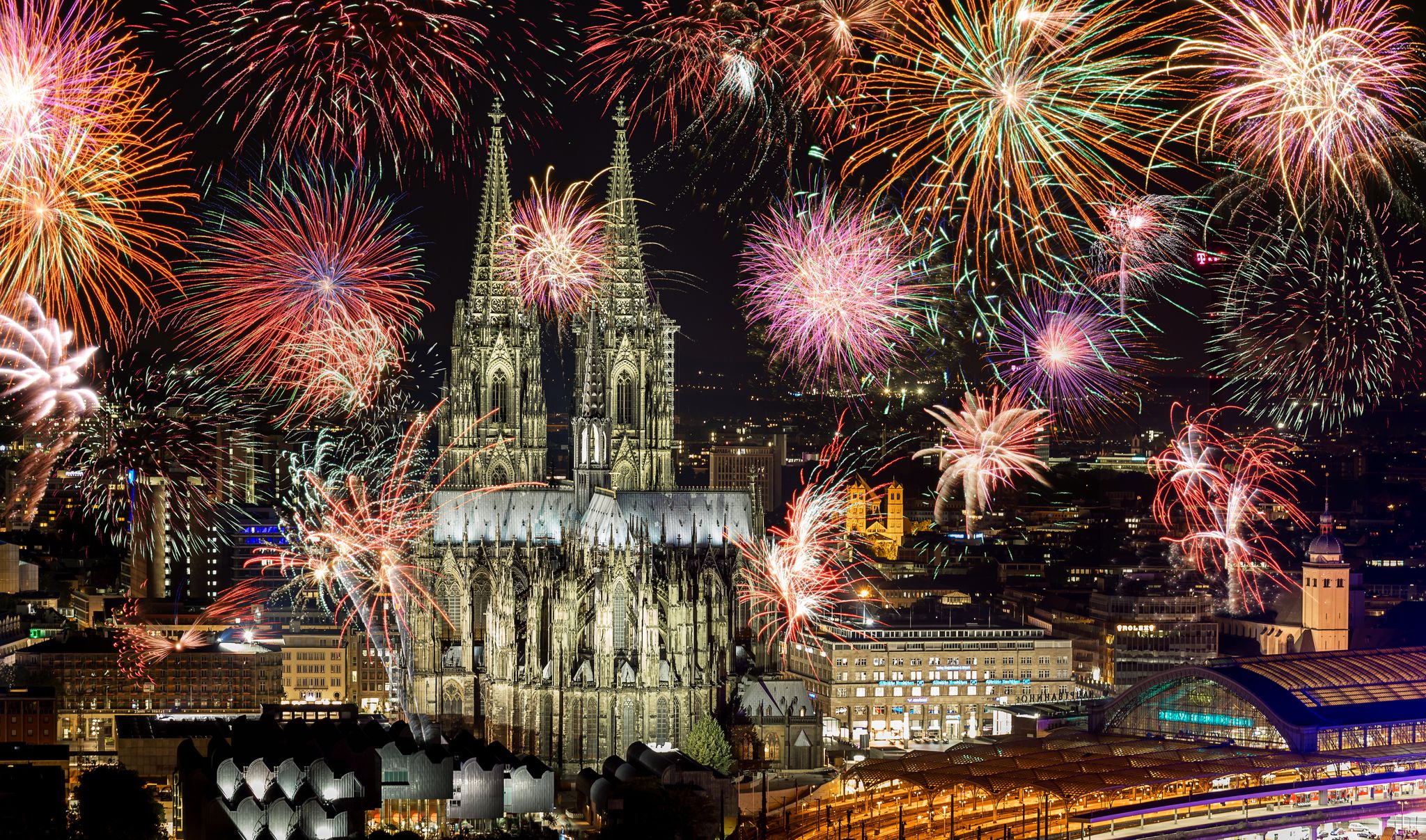
Watch fireworks light up the Rhine River: Between May and September, fireworks bathe the sky over the Rhine River in an event called the Rhein in Flammen. This is a series of fireworks displays in 5 locations along the Rhine River. You can catch the display from a cruise along the Rhine or on the banks of the river, where food displays and parties await.
Attend open-air concerts and music festivals: Rock am Ring and Wacken Open Air are famous music events in Germany during the summer.
Cool off with a refreshing dip in lakes or rivers: Lake Constance is an old glacier basin with dedicated swimming spots open to the public. Of course, summer is the best time to visit Germany’s famous Rhine Valley on a trip from Frankfurt if you plan a refreshing excursion.
Tips for Visiting Germany in the Summer
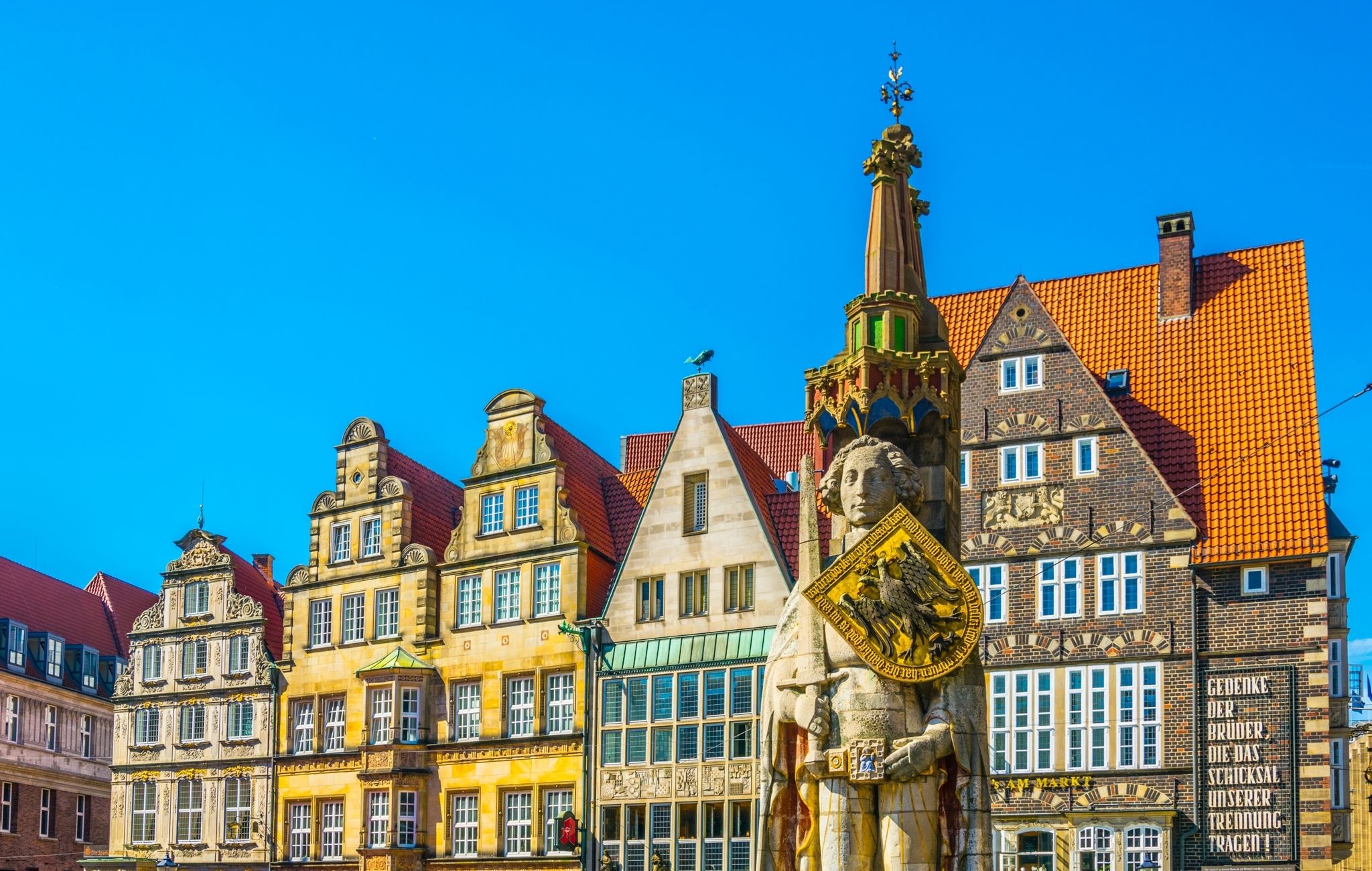
Stay hydrated and apply sunscreen: The summer sun can be unfriendly sometimes, so don’t forget to protect yourself, especially if you’re spending time outdoors.
Prepare layers of clothes for the changing weather: Pack a light jacket or sweater for cooler evenings, as temperatures can drop after sunset.
Avoid the crowds: Work around the crowds by booking your Germany tours and activities and stays in advance or visiting lesser-known destinations like Bremen and Trier.
Germany in Autumn: Harvests and Wine Festivals
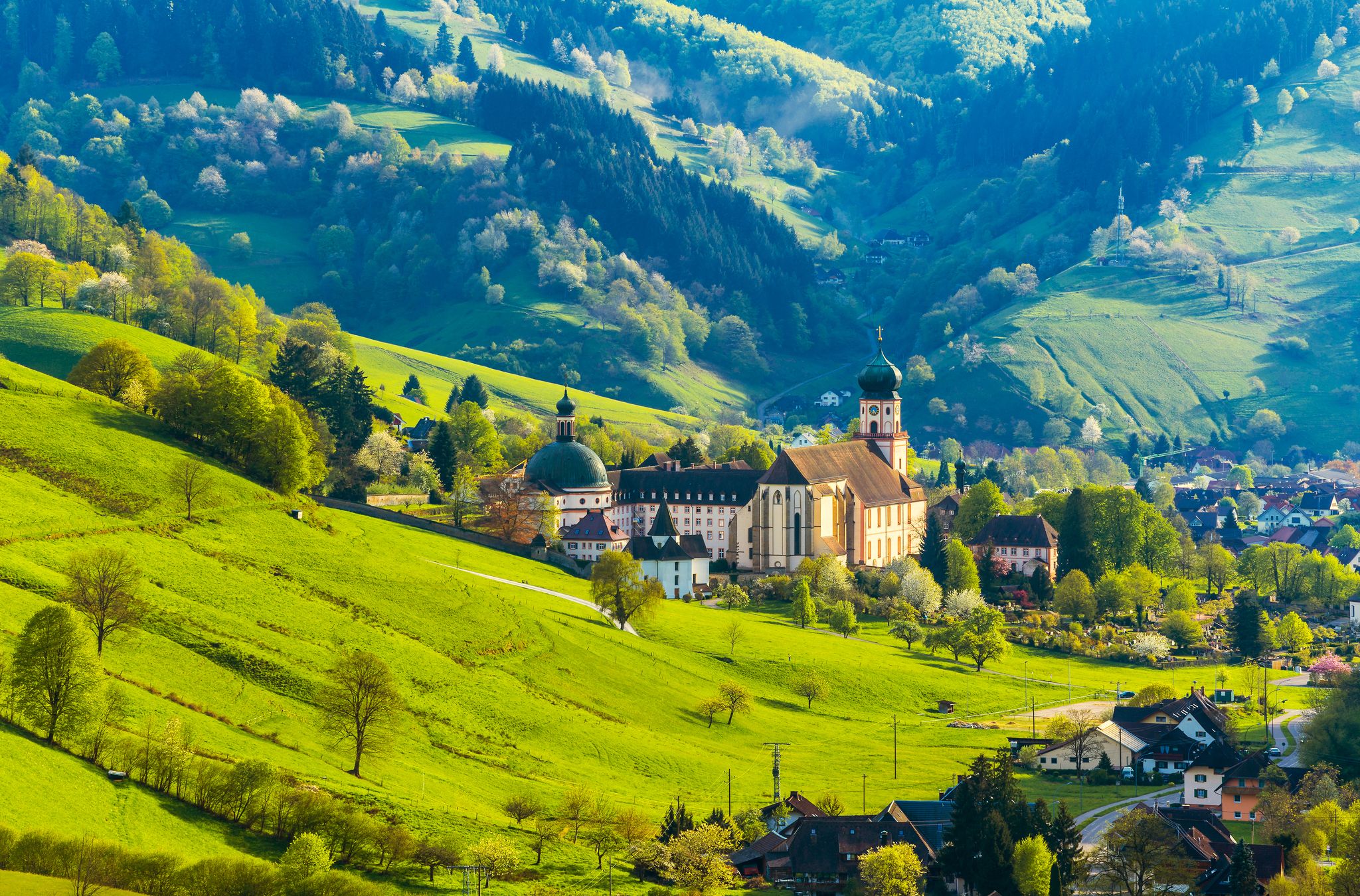
Autumn marks the time when the summer crowds are back home, and towns are gearing up for wine festivals. With the high season over, you can look forward to cheaper rates. This is a great bonus on top of the mesmerizing foliage that covers Germany during this wonderful season.
The weather is milder in autumn, making it one of the best times to visit Germany. It's the time of abundance, with vineyards ripe for harvesting and hearty dishes warming the soul.
Whether exploring Germany's historic sites on tours, hiking in the Black Forest, or enjoying exciting German food tours, there's plenty to see and do in Germany during the fall.
Activities To Do and Places to Visit in Germany in Autumn

Experience the world-famous Oktoberfest: Securing Oktoberfest tickets in Munich is a must-do. This popular festival offers an unparalleled cultural experience featuring traditional Bavarian cuisine, music, and world-renowned beer.
Explore the scenic beauty of the Moselle Valley: Fall brings out the beauty of the Moselle Valley, known for its picturesque vineyards, charming villages, and medieval castles.
Sample seasonal specialties: Visit local markets, attend festivals, and sample German specialties such as Federweiser (new wine) and Zwiebelkuchen (onion tart) to experience a different side of Germany.
Tips for Visiting Germany in the Fall
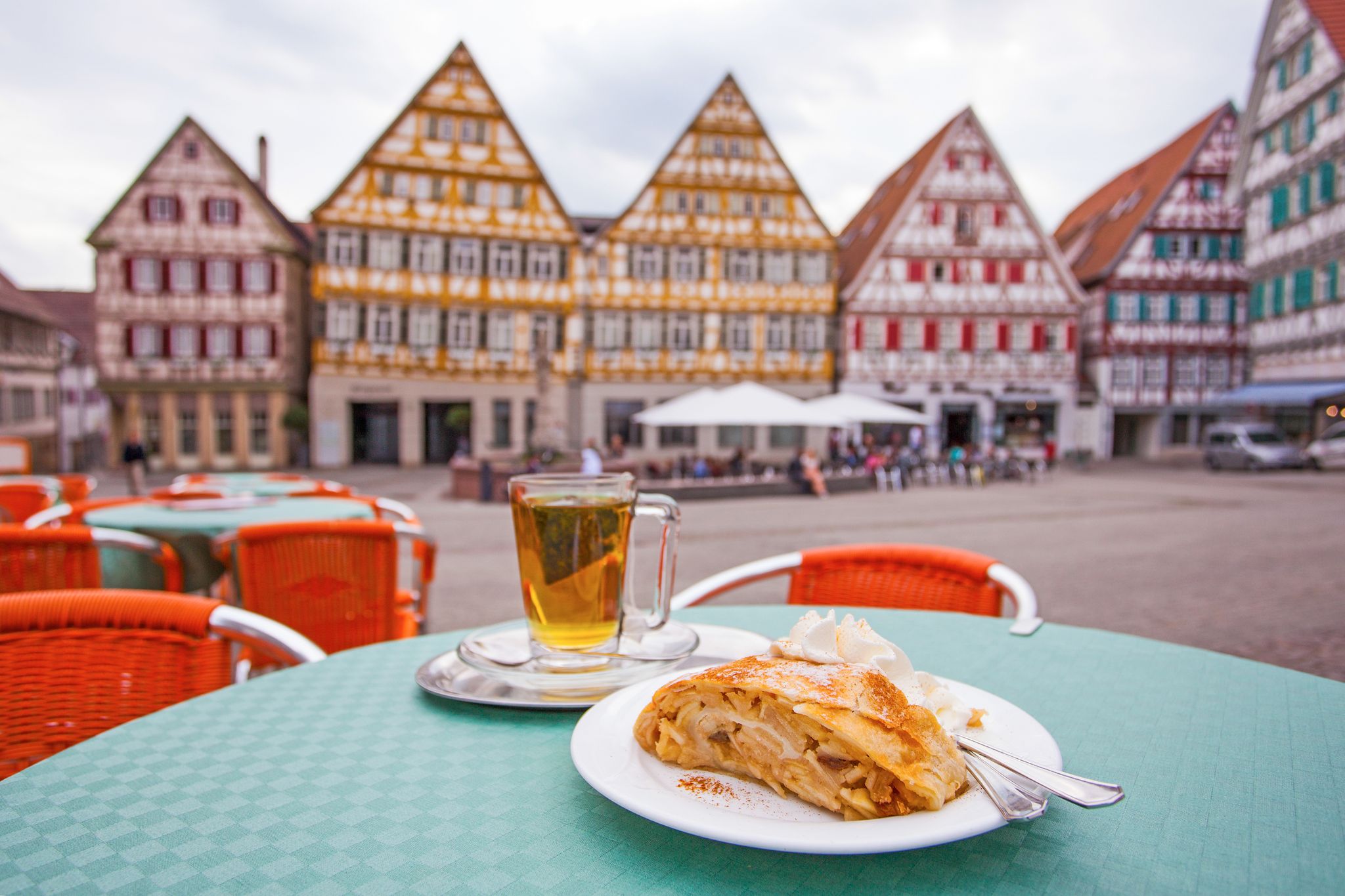
Be mindful of the clock change in October: Every last Sunday of October, Germany sets back its clock by an hour. Keep this in mind so you don’t miss your flight or other reservations.
Dress in layers: Expect fluctuating temperatures during fall. Pack a waterproof jacket and sturdy footwear for your outdoor excursions in Germany.
Explore German cuisine: Embrace the season by indulging in hearty German cuisine and seasonal specialties, such as pumpkin soup and apple strudel.
Germany in Winter: Christmas Markets
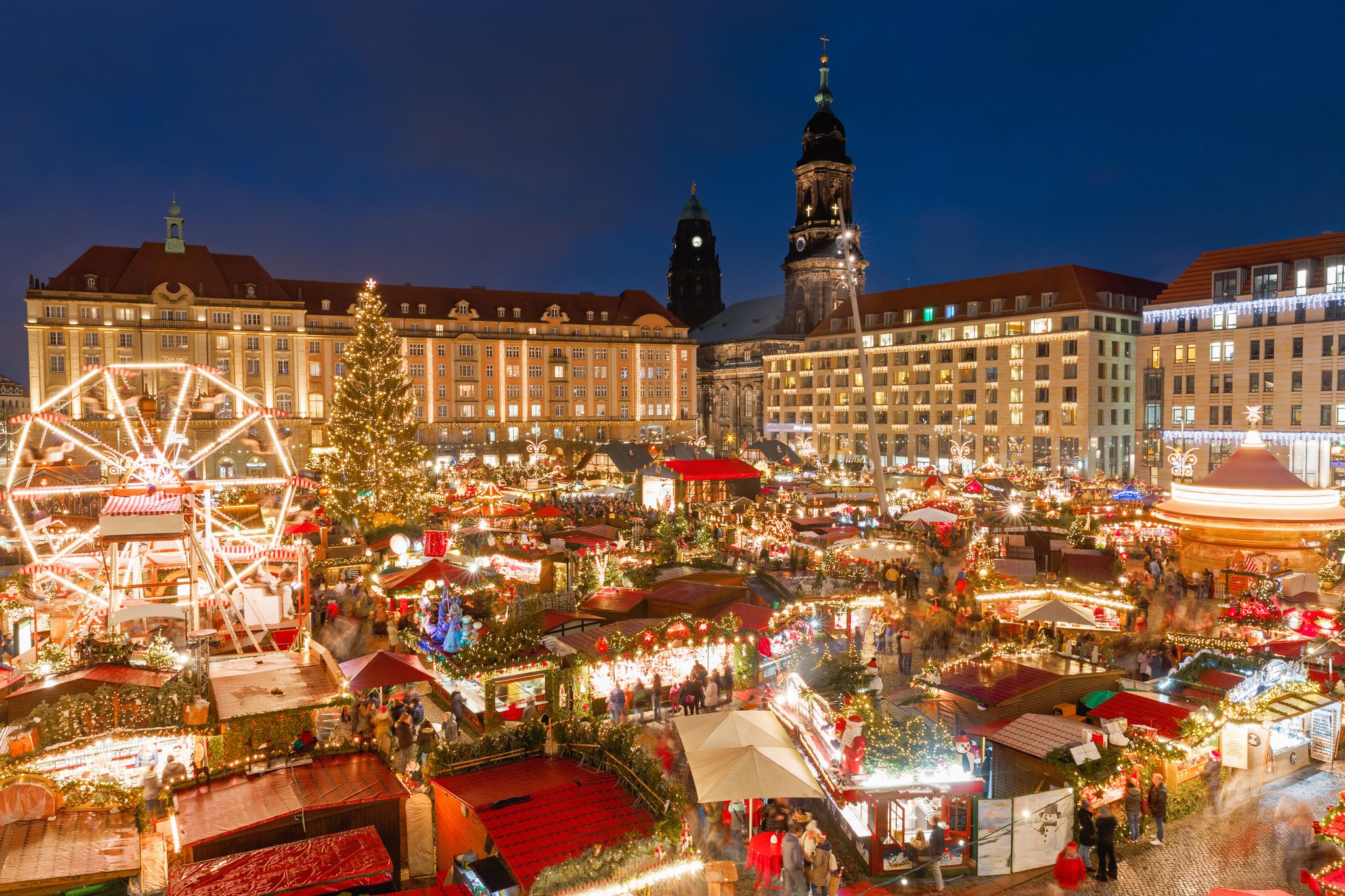
Winter may make Germany super cold, but this season offers nothing short of a fun vacation.
Compared to the peak tourist season in summer, winter sees fewer crowds at popular tourist attractions and landmarks. This means shorter lines, more space to explore, and a quieter, more relaxed atmosphere.
If you love the magical ambiance of festive markets, snowy landscapes, and cozy traditions, winter is the best time to visit Germany. It's a time for gathering with loved ones, sipping hot mulled wine, and savoring the warmth of holiday cheer.
Average temperatures in winter range from 30 F to 41 F (-1 C to 5 C), with colder temperatures in northern and mountainous regions. December and January are typically the coldest months.
Expect cold temperatures, occasional snowfall, and frosty mornings. Christmas markets create a warm and festive atmosphere in cities and towns, offering various handicrafts, culinary delights, and seasonal treats.
Activities To Do and Places To Visit in Germany in Winter
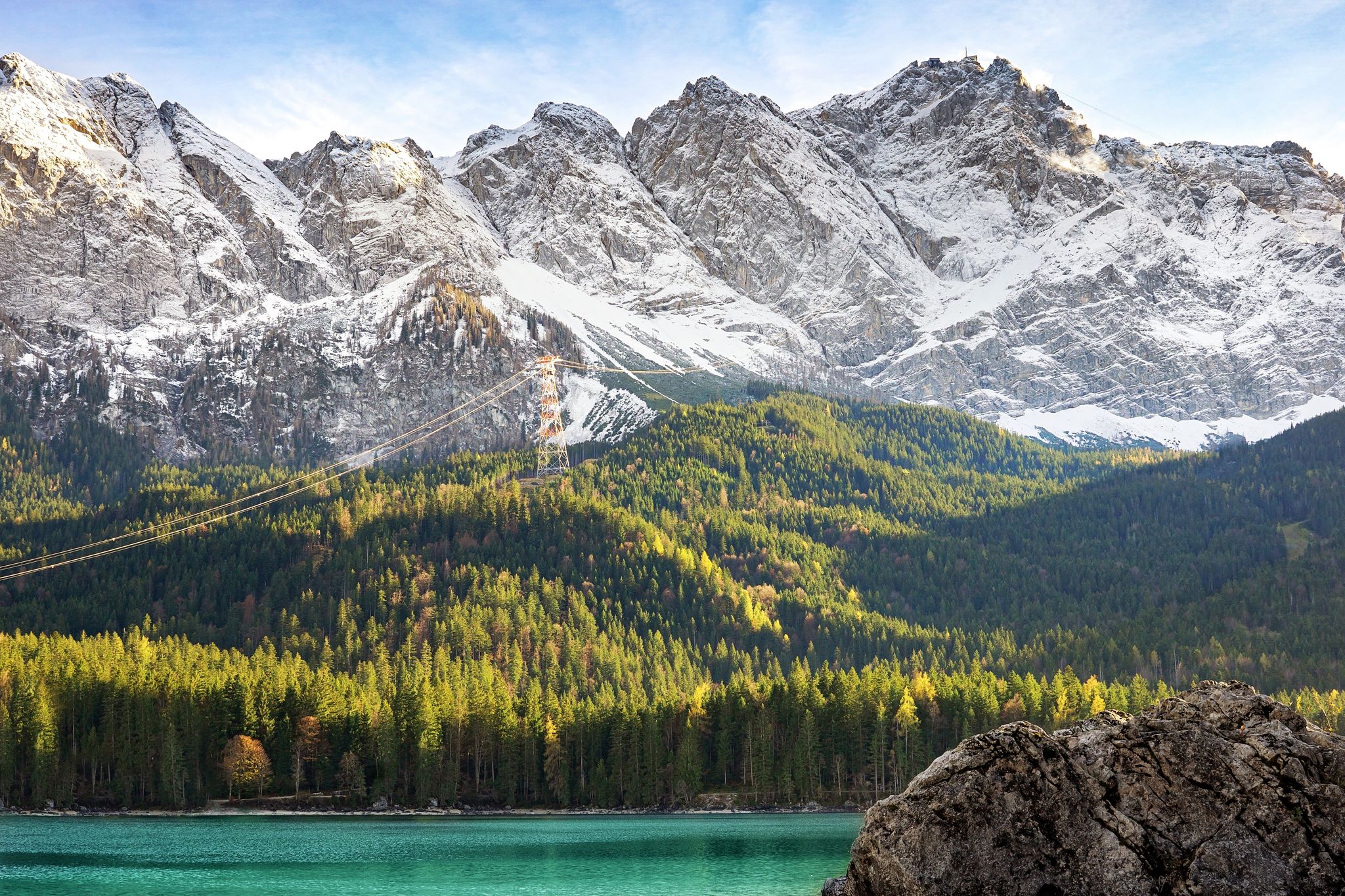
Hit the snowy slopes: Ski trips in Bavarian or the Black Forest are the perfect winter activity. They offer the perfect locations for skiing, snowboarding, and other winter sports.
Discover Germany’s rich culture with indoor activities: Because it’s cold outside, winter is the best time to visit museums and watch theater performances. Both are great ways to learn more about Germany’s cultural heritage.
Tips for Visiting Germany in Winter
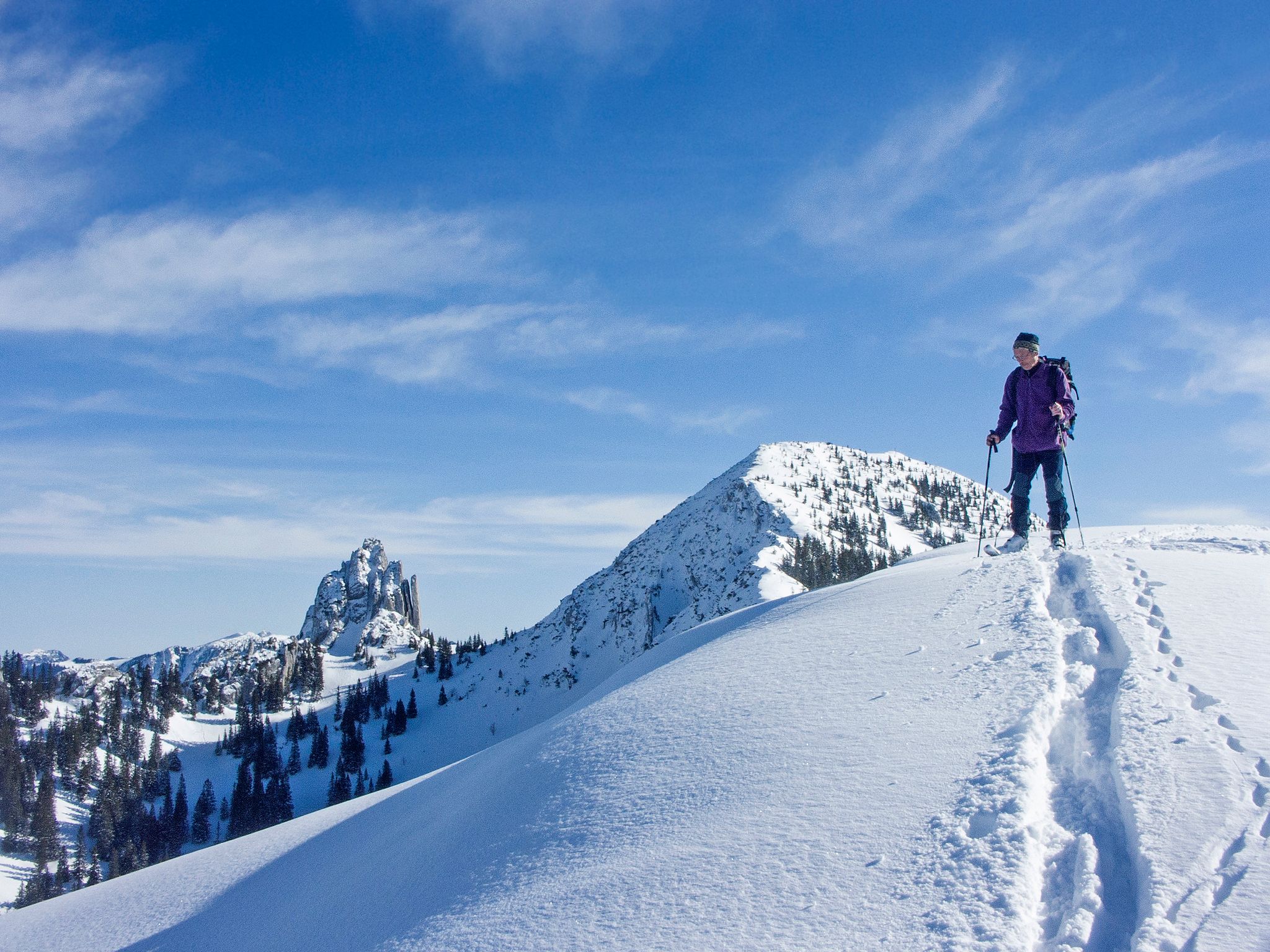
Dress warmly: Wear sturdy, waterproof footwear to navigate snowy streets and icy sidewalks. Make sure to wear layers to protect yourself from the bite of the cold. Pack thick jackets, winter coats, hats, gloves, and scarves.
Plan for winter outdoor activities: Research the winter activities available in your destination. Choose top-rated tours in Germany to make sure you have a safe and enjoyable experience. Don’t forget to check weather forecasts for road conditions before traveling.
What is the Best Month To Visit Germany?
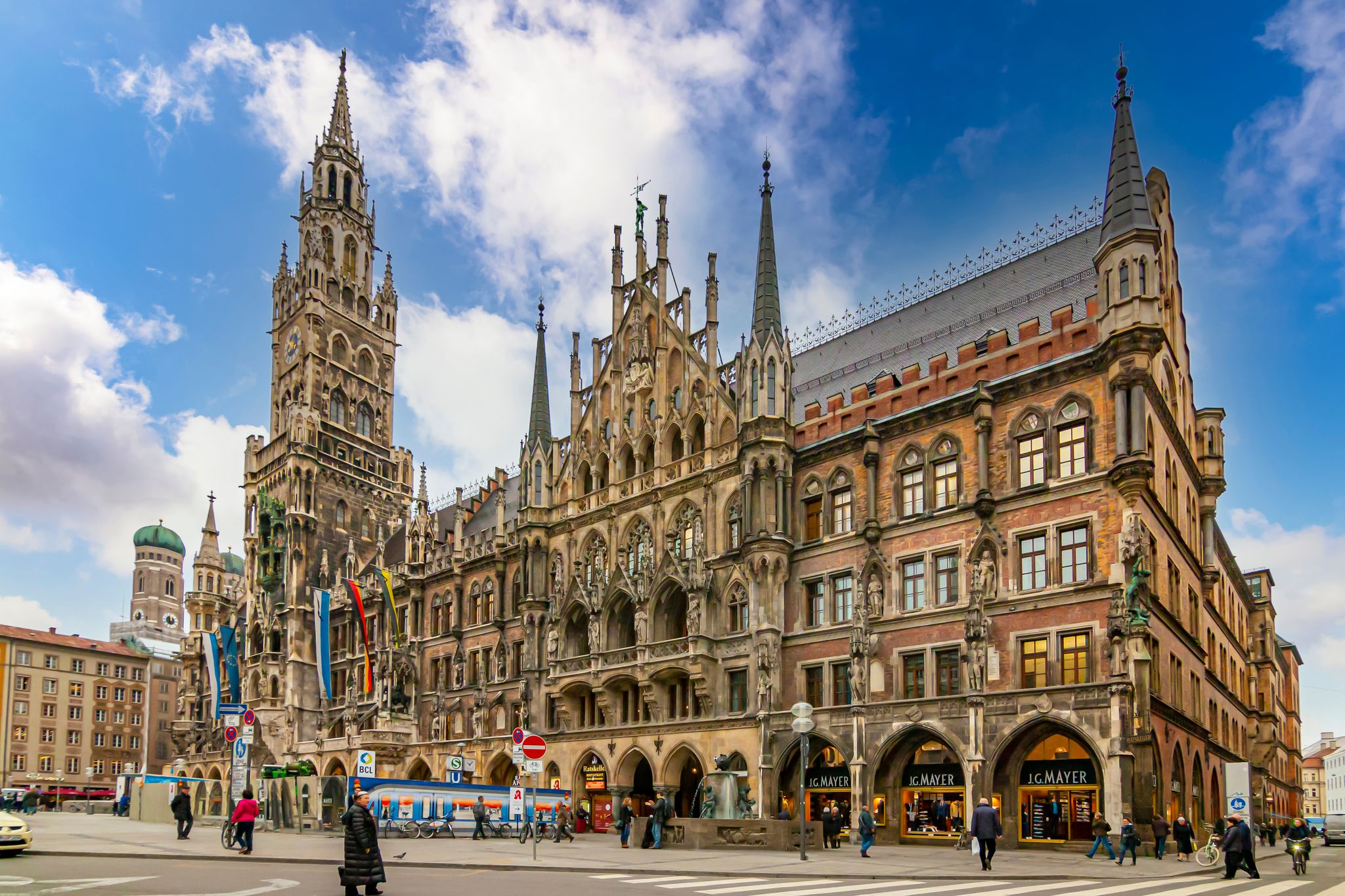
Many people will tell you that the best time to visit Germany is June, the start of the summer season. Most tourists visit Germany in June for sightseeing, and the pleasant weather in June allows for a great tourist experience.
However, if you want a more specific answer, understanding each season and month in Germany is the way to start when planning your dream getaway. If you want a closer look at what each month brings, here is some information to help plan your trip.
Germany in January: Winter Wonders

January in Germany is one of the coldest, with temperatures ranging from 23 F to 41 F (-5 C to 5 C) in most German regions. Snowfall is common, especially in the mountainous areas of the Bavarian Alps and the Black Forest.
Many ski resorts in the Bavarian Alps are in full swing in January, making it the best time for ski trips to Germany. January is also the best month to visit Germany for fewer crowds. Major tourist attractions and cities are less crowded, allowing for a more relaxed travel experience.
Big cities like Berlin, Munich, and Hamburg are great places to visit in Germany in January for a winter vacation. Munich is an excellent jump-off point for exploring the Bavarian Alps.
In Berlin, winter brings a lively atmosphere to attractions like the Berlin Wall. This month is also the perfect time to book a weekend getaway to Hamburg to explore its beautiful canals and bridges are especially picturesque in snowy January.
Germany in February: Carnival Celebrations
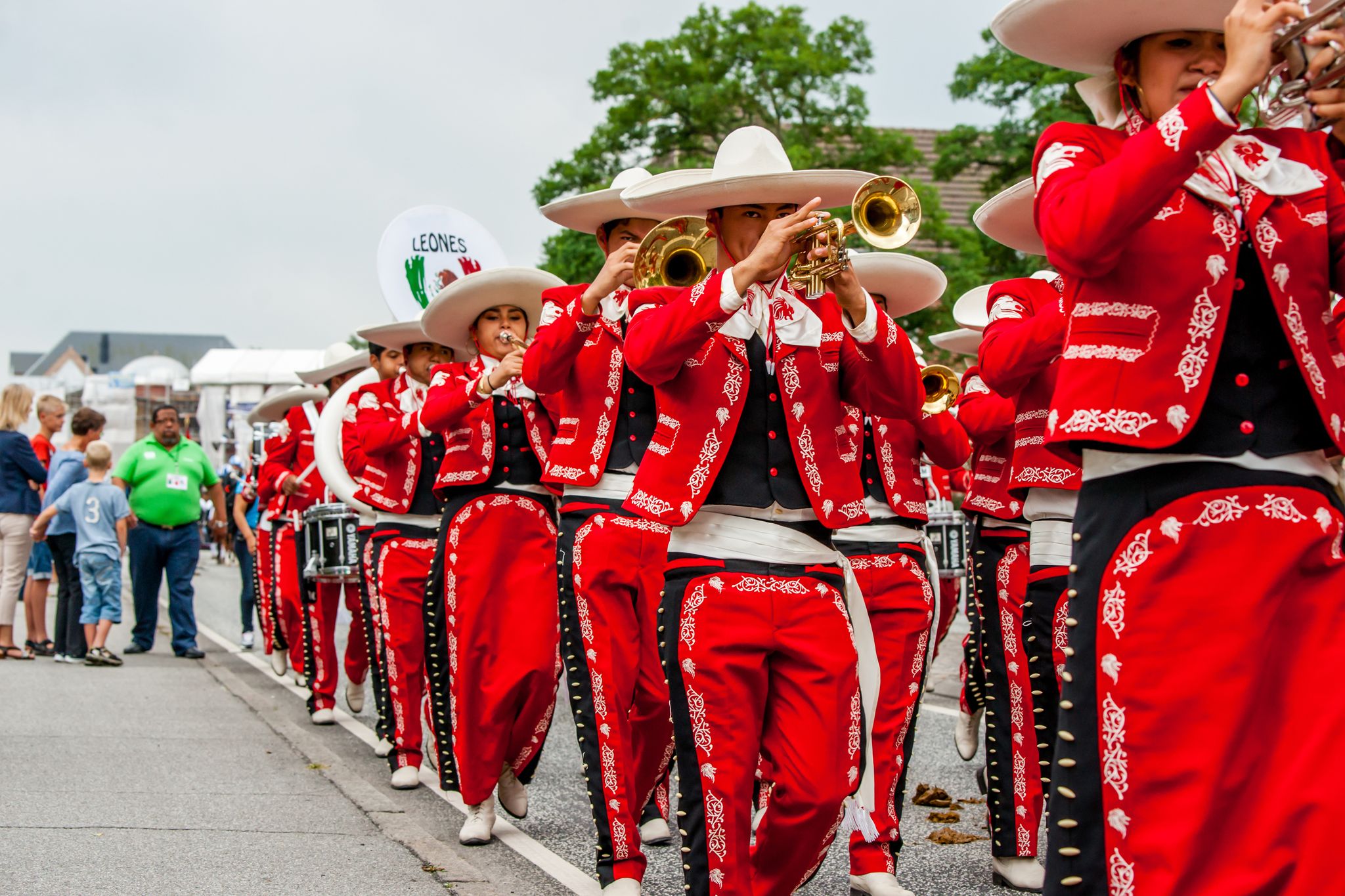
February in Germany might still be chilly, but it's brimming with a romantic vibe. That's thanks to Valentine's Day celebrations and special events in cities like Berlin and Munich.
If you’re hoping for such a romantic ambiance for your vacation, then February is the best time to visit Germany. Expect snowfall in the mountains and milder temps in the lower areas.
Get ready to join the fun of Fasching or Karneval. These carnival celebrations light up cities with colorful parades, street parties, and masked balls. If you’re thinking about the best time to visit Berlin, February gives you a good reason–the Berlin International Film Festival.
With February being a low tourist season, you'll find fewer crowds at popular spots, giving you the chance to explore German cities at your own pace on a city break.
Winter sports lovers can hit the slopes for skiing, snowboarding, and sledding, while ice skating rinks in cities and towns offer more chilly thrills. February in Germany is all about making the most of the winter wonderland vibes.
Germany in March: Spring Charm

March marks the shift from winter to spring in Germany, with temperatures warming up from 32 F to 50 F (0 C to 10 C). The weather can still be a bit unpredictable, so be ready for a mix of rain, sunshine, and even a bit of snow.
Tourist season starts to pick up in March, but you'll still beat the summer crowds. It's a fantastic month for hiking and nature walks as the scenery begins to bloom. Cherry blossoms start to pop up in some regions, with Bonn being the ultimate spot for stunning views.
March is the best time to visit Germany if you wanna avoid the heavy tourist traffic and enjoy the pleasant weather. The month also kicks off the wine festival season, like the Mosel Wine Week in the Moselle Valley.
Major cities host cultural events and exhibitions, and don't miss the Fruhlingsfest in Stuttgart, a lively spring festival that's a mini version of Oktoberfest.
Germany in April: Outdoor Season

April ushers in milder temperatures in Germany, with highs ranging from 50 F to 59 F (10 C to 15 C). The landscape bursts into life with blooming spring flowers, making it one of the best months for outdoor adventures. Whether you're into hiking, cycling, or exploring parks and gardens, April has you covered. Plus, boat tours along rivers and lakes are a must-do!
With spring in full swing, tourist numbers start to pick up, signaling the beginning of the peak travel season. Popular attractions and cities, especially during the Easter holidays, see a moderate influx of visitors.
Easter markets and festivals in vibrant cities like Berlin, Munich, and Cologne come alive with traditional crafts, mouthwatering food, and lively entertainment. This is the perfect time to catch shows and concerts in Germany.
Germany in May: Flowers and Wine Festivals
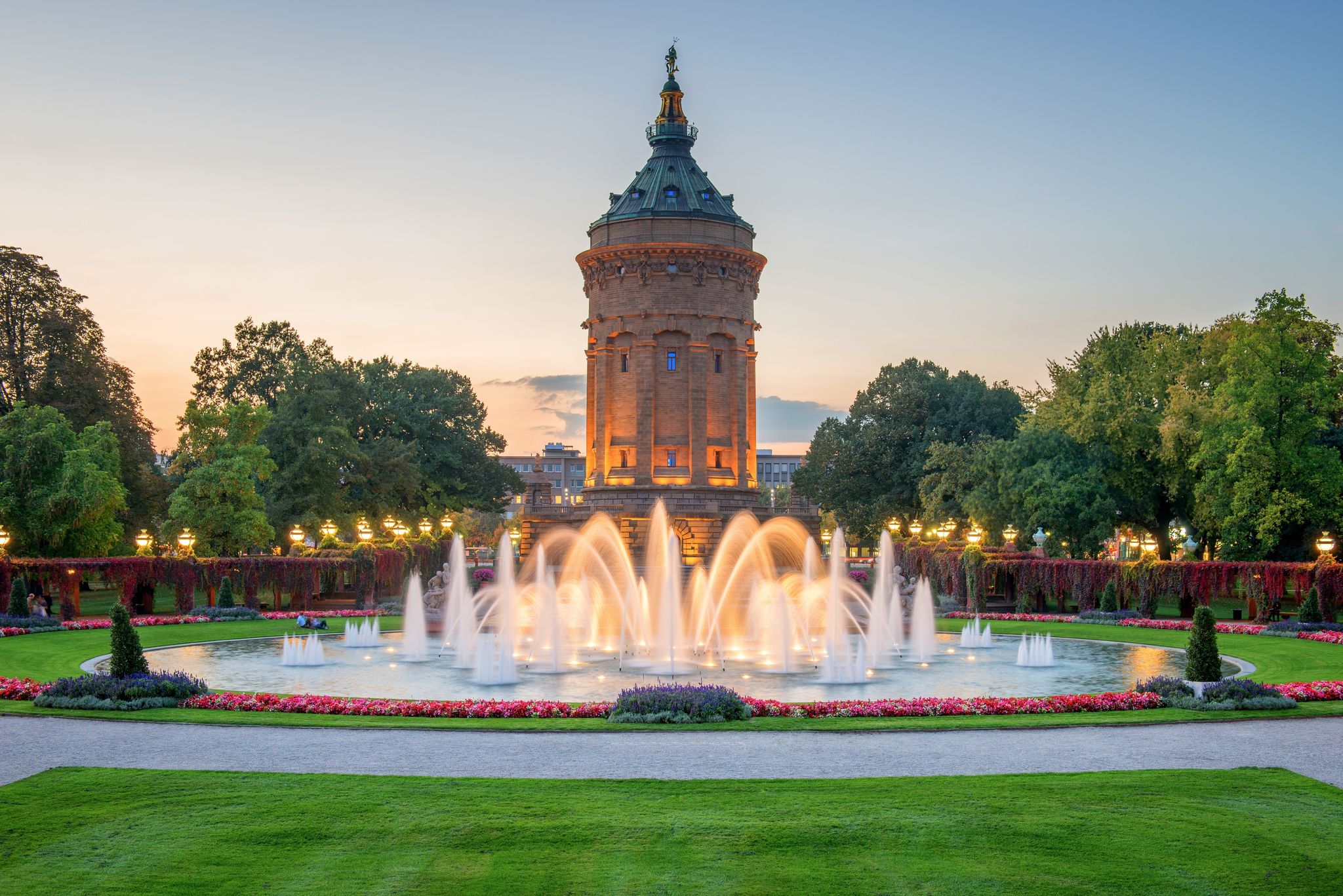
Expect pleasant weather in Germany in May, with temperatures ranging from 59 F to 68 F (15 C to 20 C). Tourist season picks up in this month, especially during the latter half.
Days are longer, and sunshine is abundant, so popular attractions and cities may experience moderate to high crowds, particularly on weekends and public holidays. If you don’t mind a large number of tourists, May is the best time to visit Germany because of the weather.
May Day (May 1) is celebrated with festivals, parades, and traditional Maypole dances in many towns and villages. Wine festivals, such as the Wurzburg Wine Festival, also occur in wine-growing regions.
This month is also perfect for outdoor activities, including hiking, cycling, and picnicking in parks and the countryside. Gardens and botanical parks are in full bloom, offering stunning floral displays.
Germany in June: Summer Sunshine
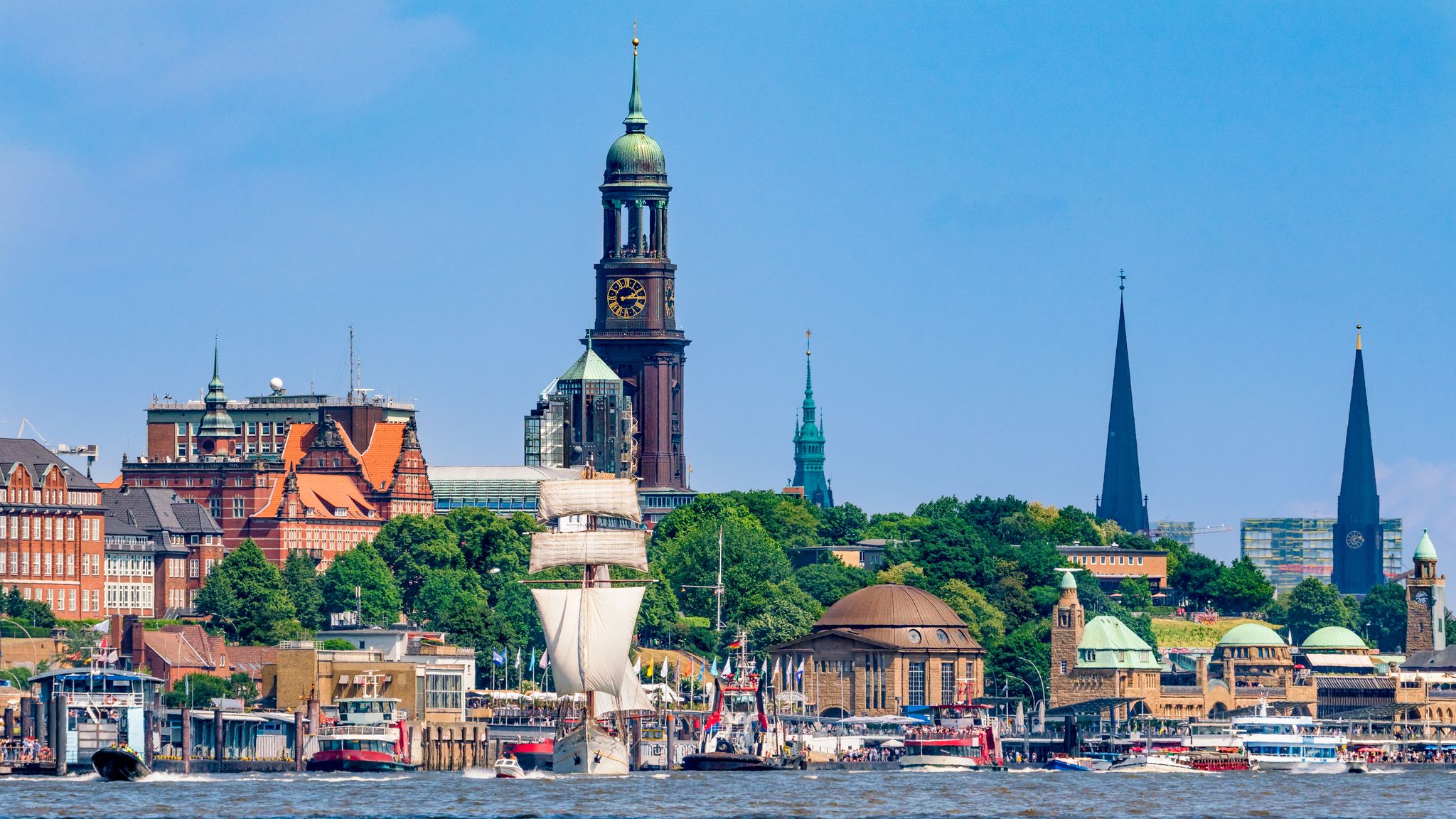
June brings warm and pleasant weather to Germany, with temperatures ranging from 68 F to 77 F (20 C to 25 C). The days are long, and the evenings are mild, perfect for outdoor adventures. Whether you're hitting the country's beaches and lakes or grooving at outdoor music festivals, June is prime time for fun in the sun.
Don’t miss the Kieler Woche in Kiel, one of the world's biggest sailing events. You can also book sailing tours in Germany to experience the thrill firsthand.
Germany in June gets the most visitors, especially in major cities and hotspots. Popular attractions get busier, and you might face longer wait times for tours and activities.
If you’re into the arts, June is the best time to catch the Munich Opera Festival, a highlight of the month that draws culture lovers from all over.
Germany in July: Festival Fever
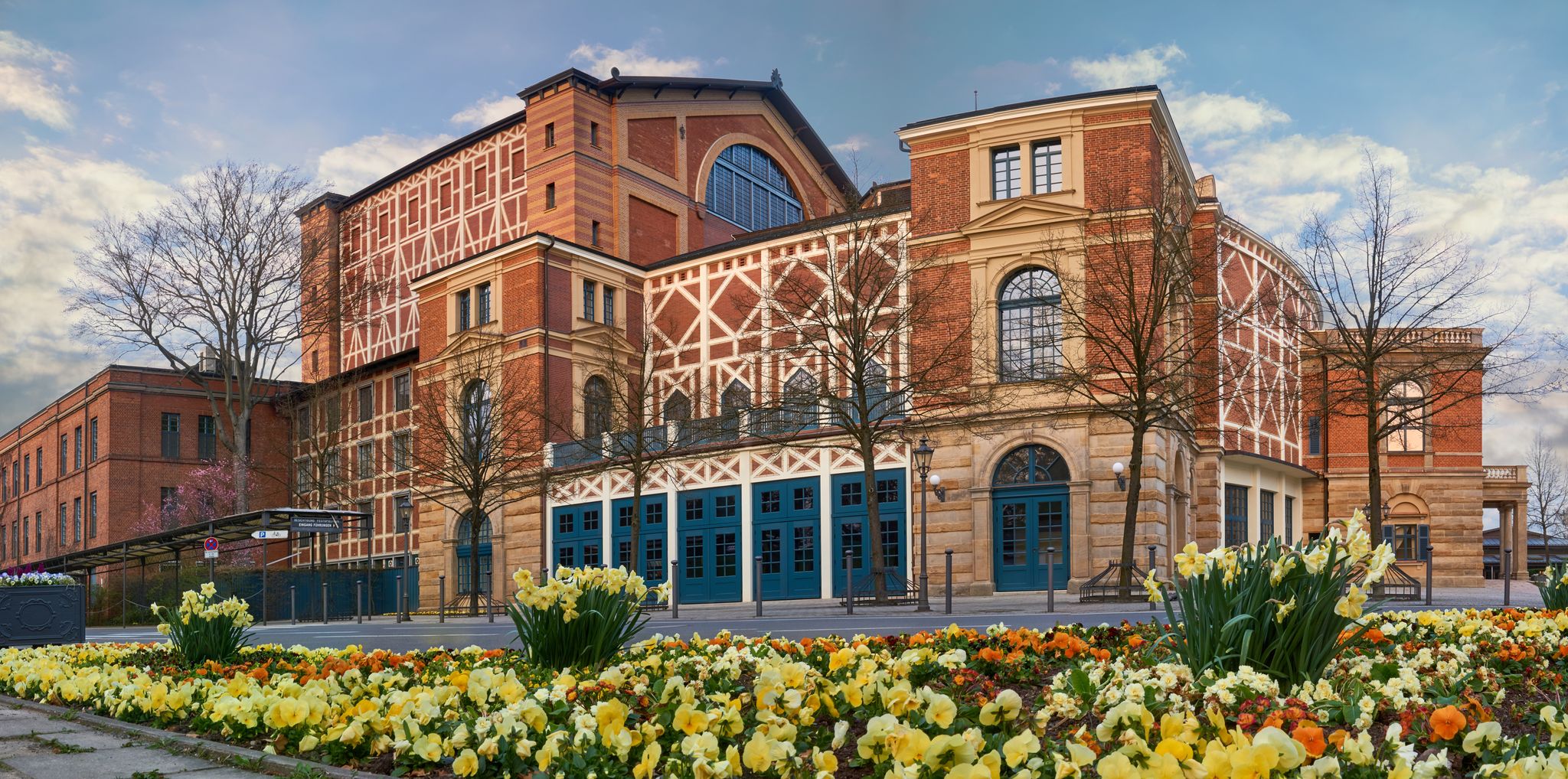
July is the best month to visit Germany if you’re seeking plenty of sunshine, with average temperatures ranging from 77 F to 86 F (25 C to 30 C). With temperatures ranging from 77 F to 86 F (25 C to 30 C), it’s the height of summer.
Expect plenty of sunshine and the occasional heat wave. Tourist spots are buzzing with visitors, especially during school holidays, so be prepared for some crowds at popular attractions, beaches, and outdoor venues.
July is packed with opportunities for outdoor fun. It’s the perfect time for swimming, sunbathing, and sailing. Explore nature reserves and national parks for wildlife spotting and scenic hikes.
The month is also a haven for music lovers, with festivals, outdoor concerts, and open-air theaters in full swing. Don't miss the Bayreuth Festival, one of the world’s most prestigious opera events, kicking off in late July and drawing music enthusiasts from all over.
Germany in August: Cultural Extravaganza
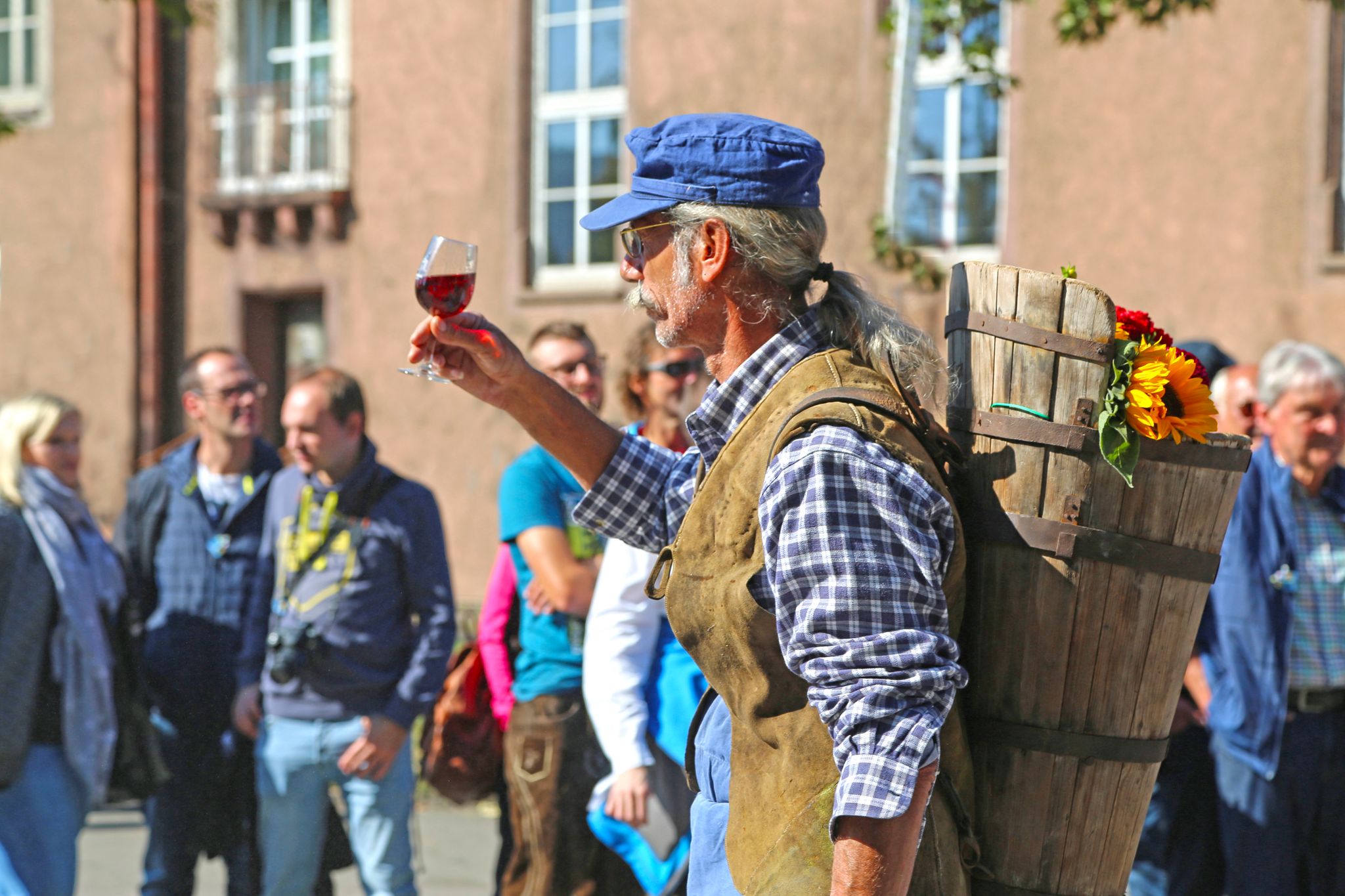
August continues to be warm and sunny in Germany, with temperatures similar to July. Average highs range from 77 F to 86 F (25 C to 30 C), making it ideal for outdoor adventures.
August is a popular season in Germany, with destinations experiencing the highest number of visitors. Expect crowded attractions, fully booked accommodations, and higher prices for tours and activities.
The best time to visit Germany for festivals is August, with the famous Oktoberfest celebrations kicking off in Munich towards the end of the month. The Stuttgart Wine Festival is also an event highlight.
Outdoor enthusiasts can enjoy various activities in August, from hiking in the Alps to cycling along scenic routes. Beaches, lakes, and rivers offer swimming, kayaking, and paddleboarding opportunities.
Germany in September: Autumn Kickoff
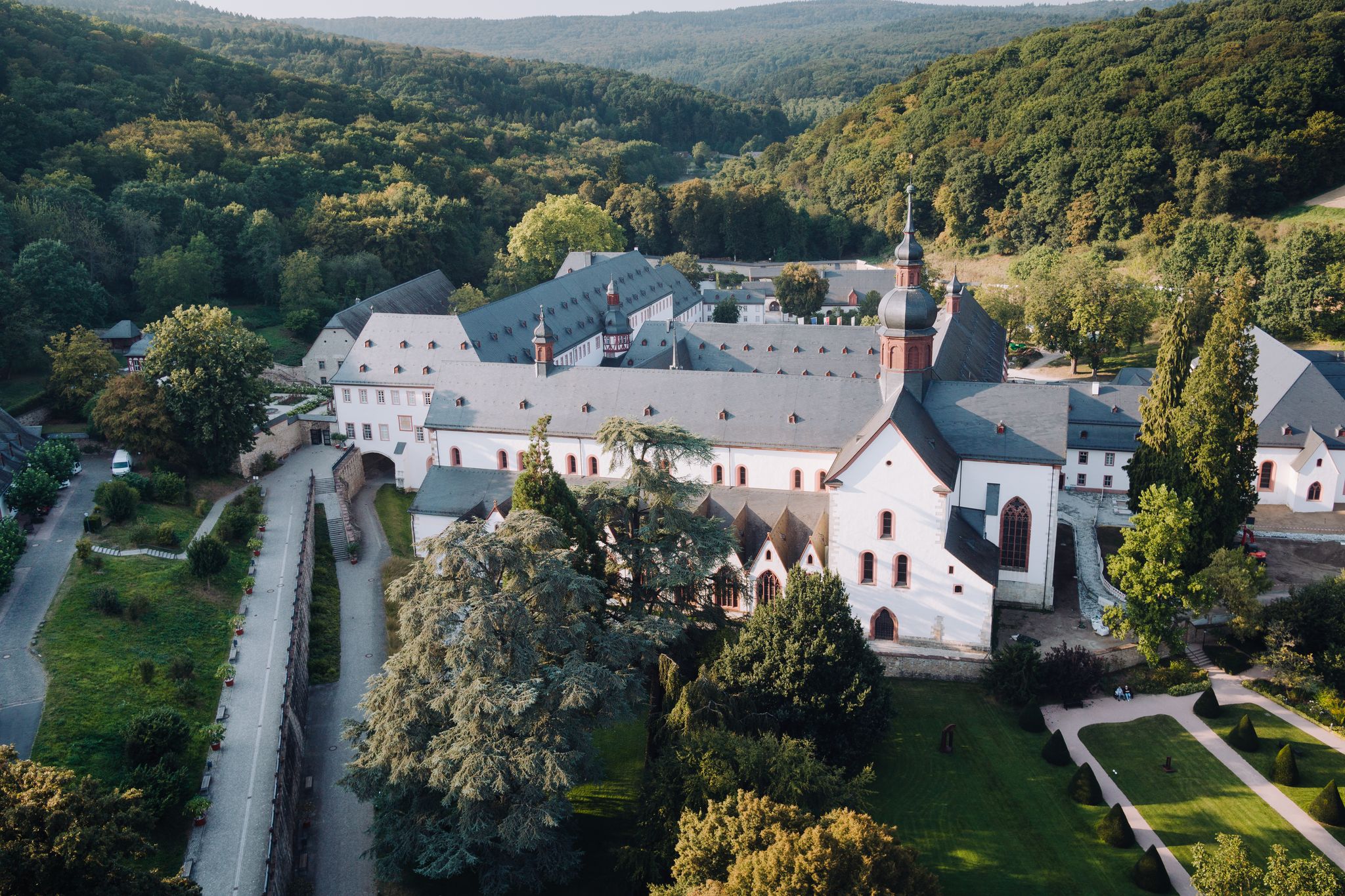
Germany in September is all about the transition from summer to autumn with mild temperatures and shorter days. Expect average temps from 59 F to 68 F (15 C to 20 C) and cooler evenings.
The highlight of the month is the Oktoberfest in Munich. This world-famous event draws millions with its traditional beer tents, live music, and delicious Bavarian cuisine.
If you're looking to avoid peak tourist crowds, September is the best time to visit Germany. While major cities and Oktoberfest can still be busy, you'll find fewer tourists overall.
The weather is perfect for outdoor adventures like hiking, cycling, and wine tasting in Germany. Plus, the fall colors start to show, adding vibrant colors to the landscape.
Germany in October: Oktoberfest Season
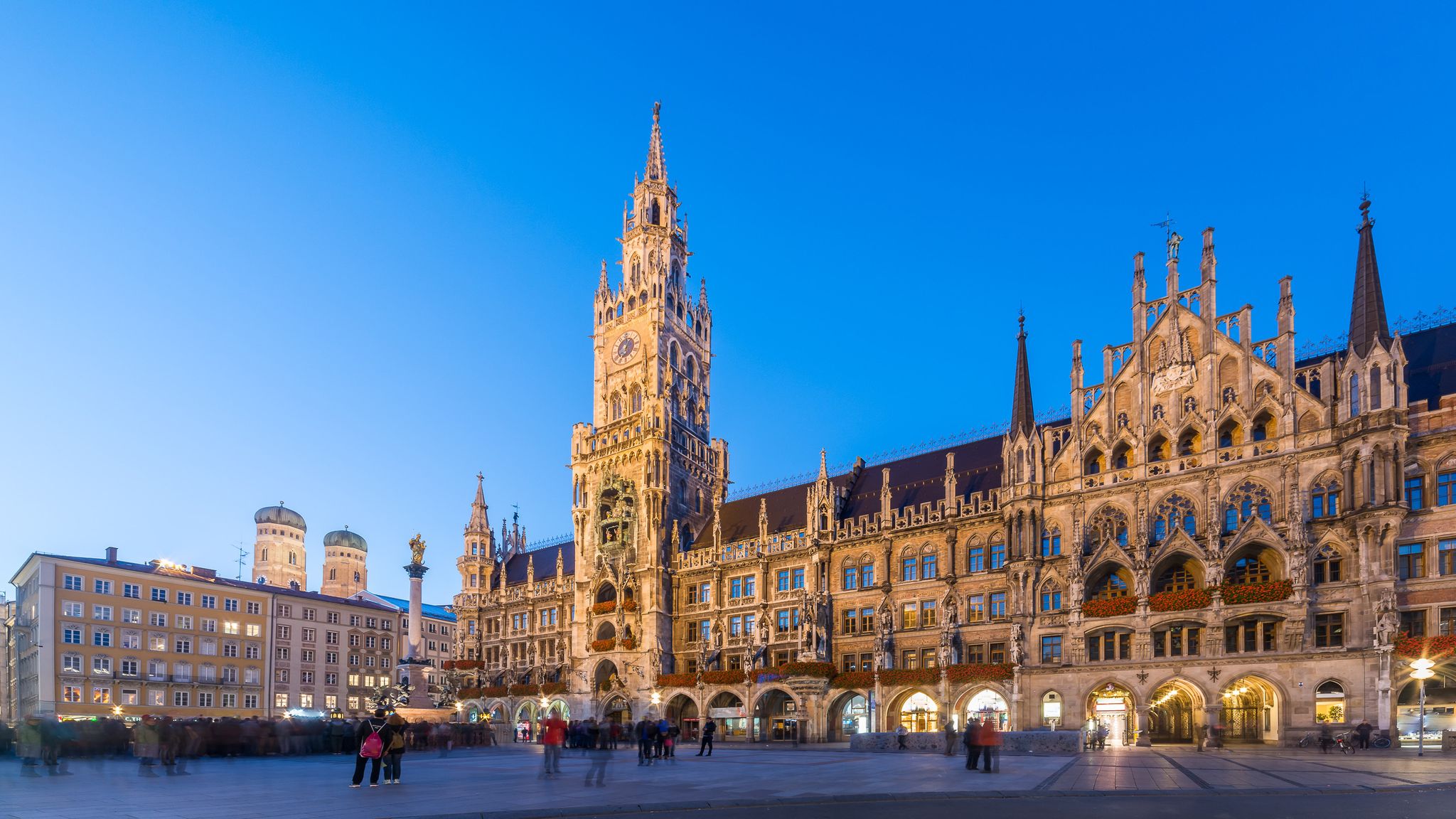
October brings cooler temperatures and crisp autumn days to Germany, with average temps ranging from 50 F to 59 F (10 C to 15 C) and the occasional rain shower. The tourist season winds down this month, meaning fewer crowds and a more relaxed travel experience.
It’s the perfect time to explore popular attractions and cities without the summer rush. Plus, Oktoberfest continues to be a major highlight, drawing visitors for its world-famous festivities.
But Oktoberfest isn't the only event in October. You’ll also find big Halloween celebrations in various cities and the renowned Frankfurt Book Fair.
Outdoor enthusiasts flock to Germany's forests and countryside to enjoy the stunning fall colors. Hiking in the Bohemian and Saxon Switzerland National Park offers breathtaking views of colorful landscapes.
Germany in November: Cozy Comforts
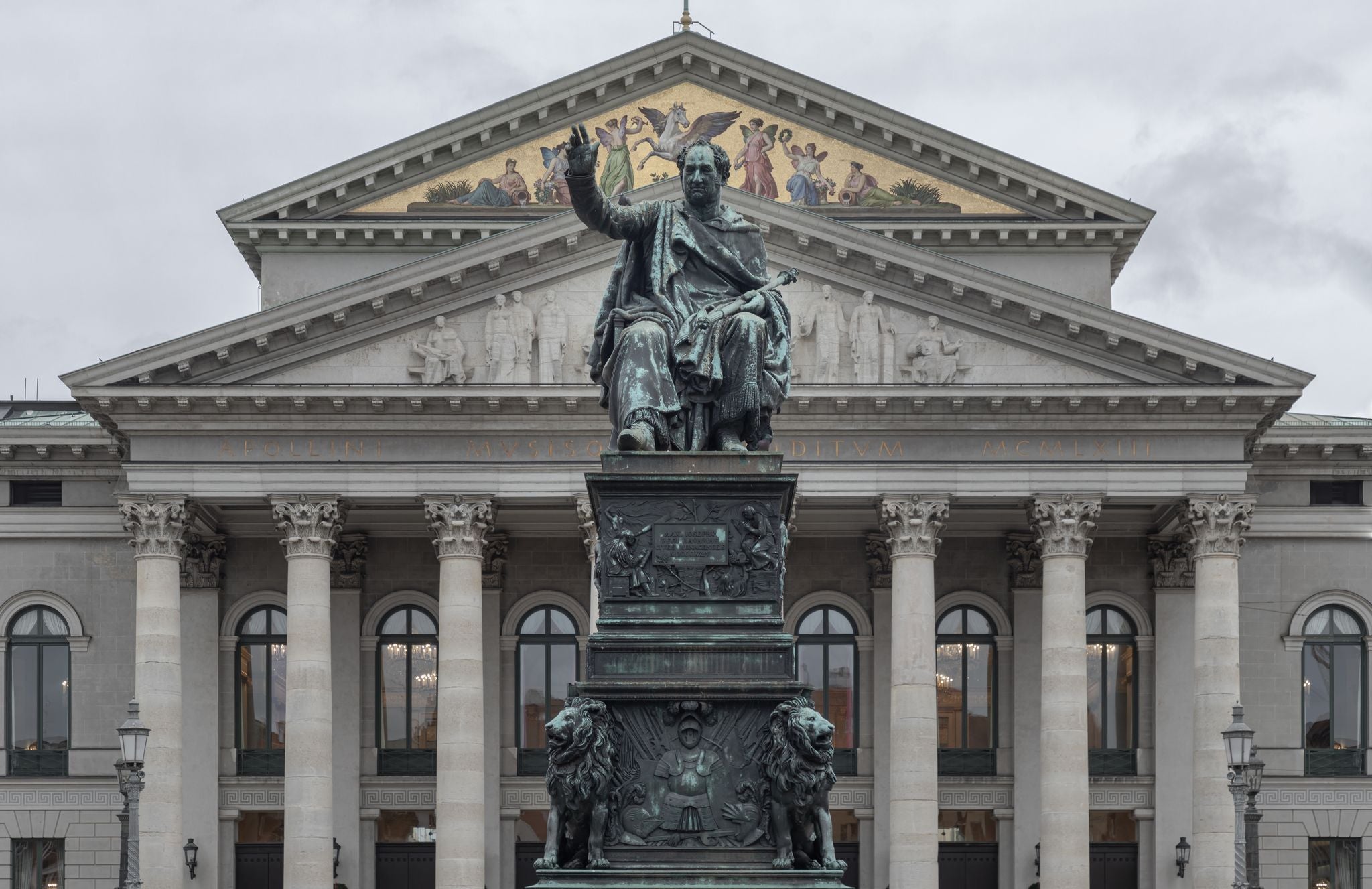
November kicks off the colder months in Germany, with temperatures dipping to 41 F to 50 F (5 C to 10 C) and a mix of frost and fog.
This quieter time of year means fewer crowds and lower prices on accommodations and activities, making it a perfect opportunity to explore cities and cultural hotspots at your own pace.
November is buzzing with cultural events and indoor fun. Think art exhibitions, theater performances, and classical music concerts.
If you're into soaking up the local vibe through its events, this is your month! Plus, Christmas markets start popping up towards the end of November, adding a festive sparkle to the chilly days.
Outdoor activities might be a bit limited due to the cold, but scenic walks in parks and gardens are still a go. Urban parks and botanical gardens show off their autumn foliage, making for some Insta-worthy photo ops.
Germany in December: Christmas Magic
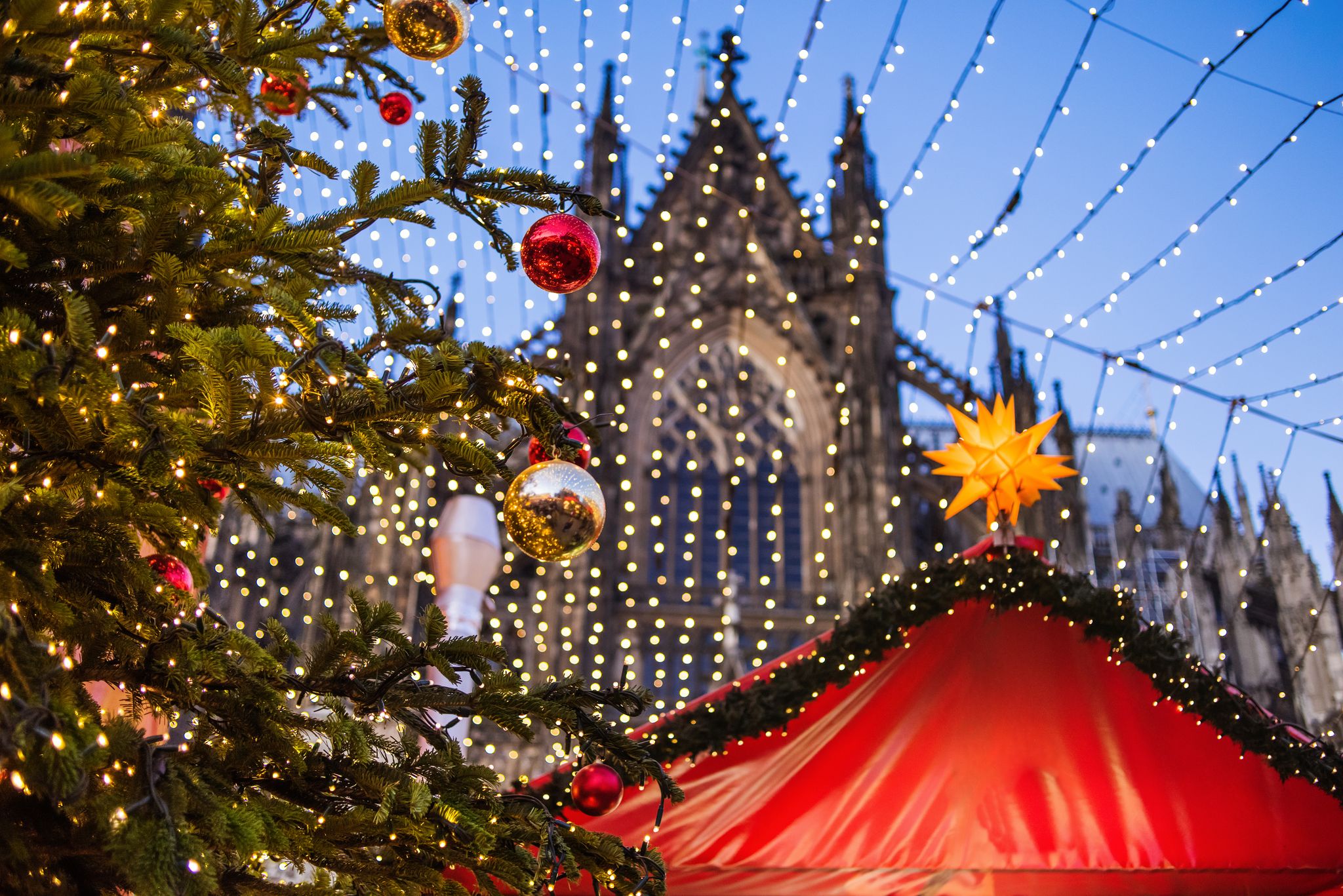
December brings a winter chill to Germany, with temperatures ranging from 23 F to 41 F (-5 C to 5 C). Snowfall is common in many regions, turning the country into a festive wonderland. Thanks to the magical atmosphere of Christmas markets and holiday festivities, December is a popular month for tourism in Germany.
This is the best time to visit Germany for Christmas markets. Think festive decorations, mulled wine, and seasonal treats, creating a cozy, enchanting ambiance.
Expect higher crowds, especially in Christmas market hotspots like Dresden, Munich, and Cologne. Did you know that multi-country Christmas market tours are a thing? This Christmas market tour takes you on a Christmas adventure through the towns of Munich, Salzburg, and Vienna.
Best Time To Visit Germany According to Activity
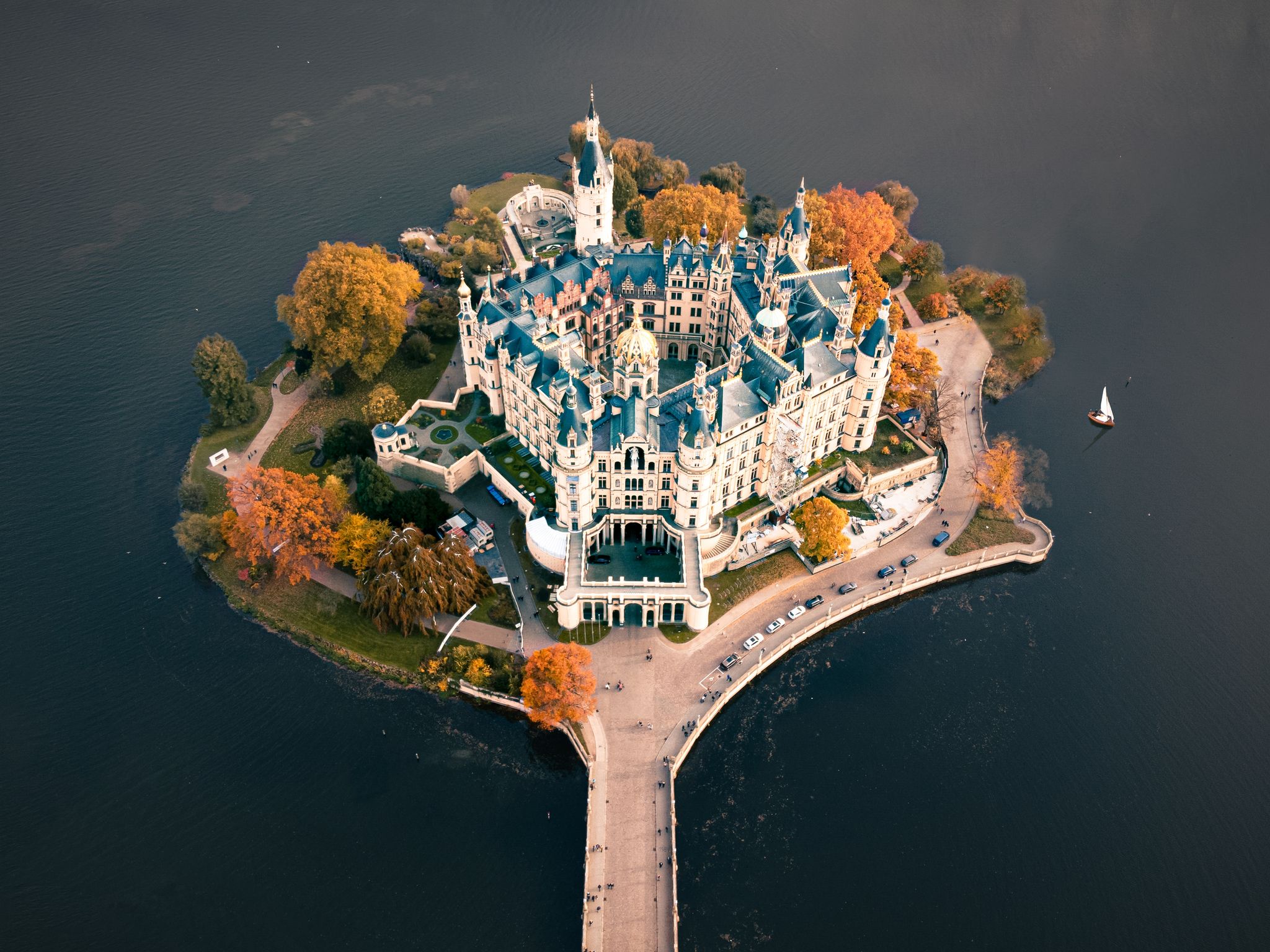
Planning your trip to Germany involves more than just picking a date. It's about finding the perfect time to experience all that this incredible country has to offer. This guide will help you identify the best times to visit Germany based on the activities you love.
Best Time for Ski Trips in Germany

If you are a fan of skiing or snowboarding, the best time to visit Germany is typically between December and March. During these months, the ski season is in full swing, and the slopes are covered in fresh powder, packed to perfection.
You can enjoy a variety of runs for all skill levels, as well as the chance to try out other activities like snowshoeing and tobogganing.
For a perfect ski getaway, consider a 4-day ski trip to Steibis, which offers a variety of slopes for all skill levels and picturesque views of the Bavarian Alps. If you have more time, a one-week ski trip to Garmisch-Partenkirchen, known for its world-class skiing and rich Olympic history, is an excellent choice.
For those seeking an extended adventure, a 9-day ski trip to Alpenwelt-Karwendel in Mittenwald provides a vast network of ski trails, stunning alpine scenery, and additional winter activities like cross-country skiing and snowshoeing.
Each of these destinations ensures unforgettable ski trips in Germany.
Best Time for Festivals in Germany

Oktoberfest is one of Germany's hottest events, drawing millions of visitors from around the globe. Held in Munich, this legendary festival typically runs from late September to the first weekend in October. Expect endless beer, lively music, and an unforgettable party atmosphere!
For wine lovers, summer is the prime time to visit Germany. Late August to early September is when wine festivals are in full swing, especially the famous Mosel Wine Festival in Bernkastell-Kues. Here, you can sip some of the world’s best Rieslings and soak up the vibrant vineyard vibes.
Karneval in Cologne is Germany’s ultimate costume party. This wild celebration transforms the city into a festive wonderland for six days in February, from Thursday to Tuesday.
It all kicks off with a lively street parade, where crowds in wacky costumes flood the streets and music blasts from every pub and brewery.
Best Time for a City Break in Germany

Planning a city break in Germany? The best time to explore its cool cities is during the shoulder seasons of spring (April to June) and fall (September to October). The weather is mild, the tourist crowds are smaller, and the cities come alive with events and festivals.
Exploring Germany’s historic World War II attractions is a must during your city break. On your Berlin city break, visit the Brandenburg Gate, the Berlin Wall, and the Holocaust Memorial for a deep dive into history.
Munich offers the poignant Dachau Concentration Camp Memorial Site, while Nuremberg's Documentation Center provides insight into the Nazi regime and post-war trials.
City life in Germany is a dynamic blend of the old and the new. Wander through the medieval streets of Rothenburg ob der Tauber, marvel at the modern architecture in Frankfurt, or enjoy the lively arts scene in Hamburg. Each city offers a unique experience, from bustling marketplaces and historic landmarks to contemporary museums and trendy neighborhoods.
Joining food tours in Germany should be another highlight of your city break. Savor traditional dishes like schnitzel, bratwurst, and pretzels at local eateries, and don't miss out on the regional specialties. Berlin is famous for its currywurst, Munich for its hearty Bavarian fare, and Cologne for its delicious Kolsch beer.
Best Time for Historic Tours in Germany
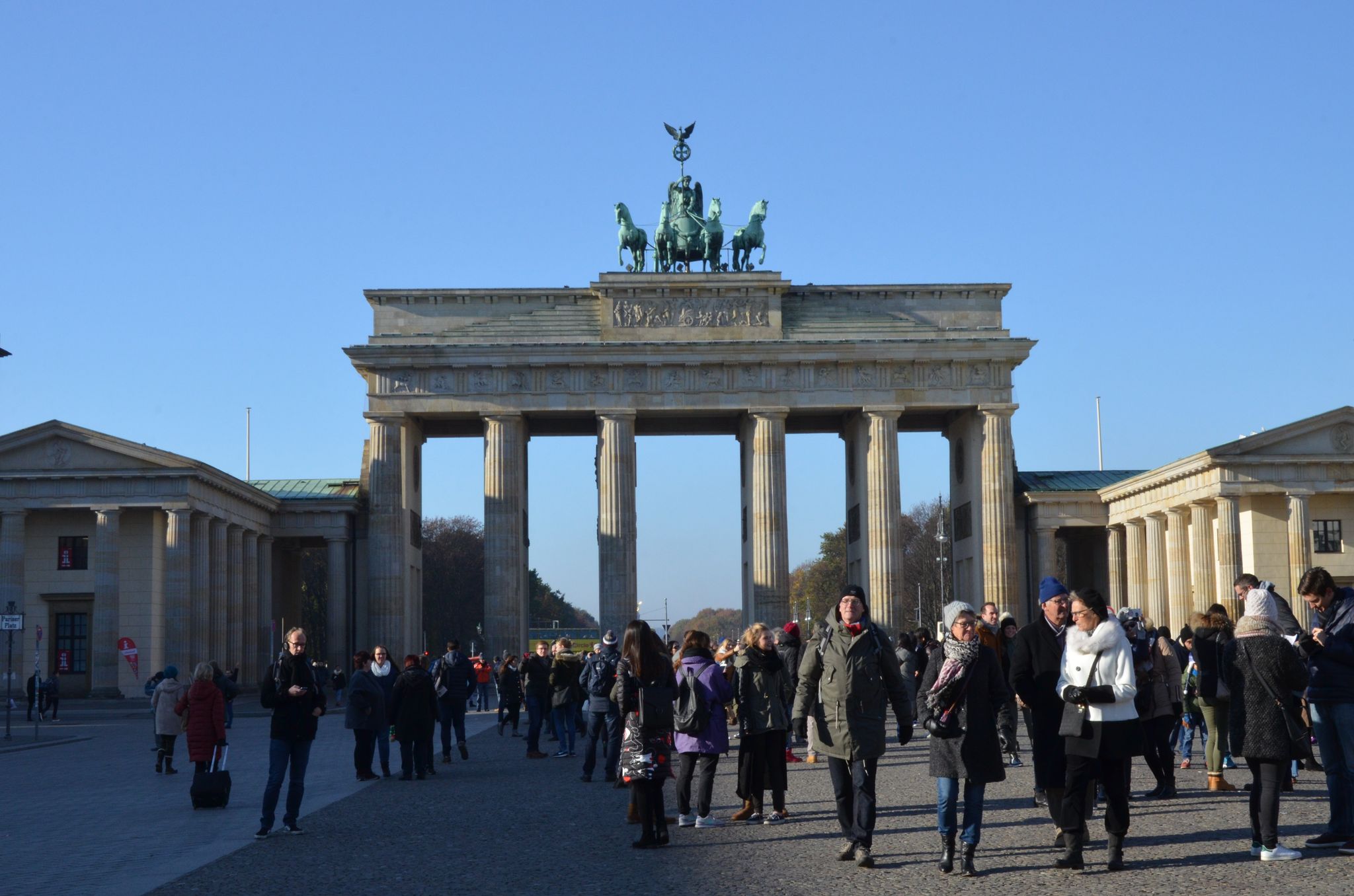
Spring and autumn offer mild temperatures and fewer crowds compared to the peak summer months, making it more comfortable to explore historical sites on foot.
If you plan to go on historical tours in spring, the bloom of Germany’s landscapes with vibrant flowers and greenery adds to the scenic beauty of historical sites. Autumn also offers stunning foliage, providing a picturesque backdrop for your historical tours.
In Munich, you can delve into 20th-century history with a history of Hitler walking tour. For a glimpse into royal history, the Neuschwanstein and Linderhof Castle tour showcases the opulent residences of King Ludwig II in the beautiful Bavarian landscapes.
In Hamburg, a tour of the Historic Centre provides a fascinating look at one of Germany's key port cities, from its medieval roots to its modern significance.
Best Time for Christmas Markets in Germany
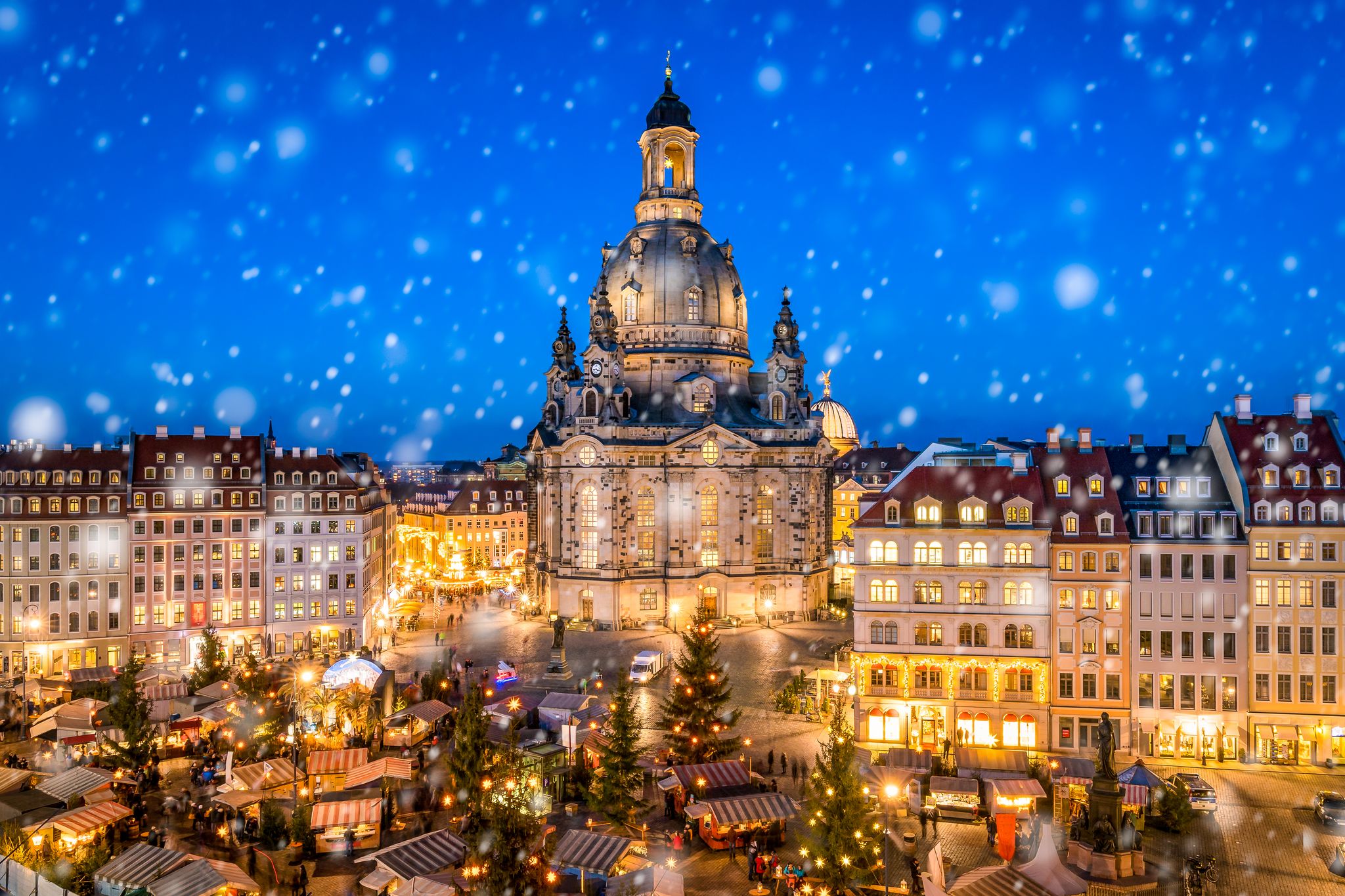
The best time to visit Germany for Christmas markets is typically from late November to just before Christmas. This is when the markets are in full swing and offer a festive atmosphere that is hard to beat.
Larger cities like Berlin, Munich, and Cologne have some of Germany's most famous Christmas markets, so this is a great time to visit them. Weekend getaways in Germany offer the perfect amount of time for a cozy escape to the magical Christmas markets.
From handmade crafts to traditional music and dance performances, you will get a taste of the magical Christmas charm of Germany.
Best Time for Road Trips in Germany
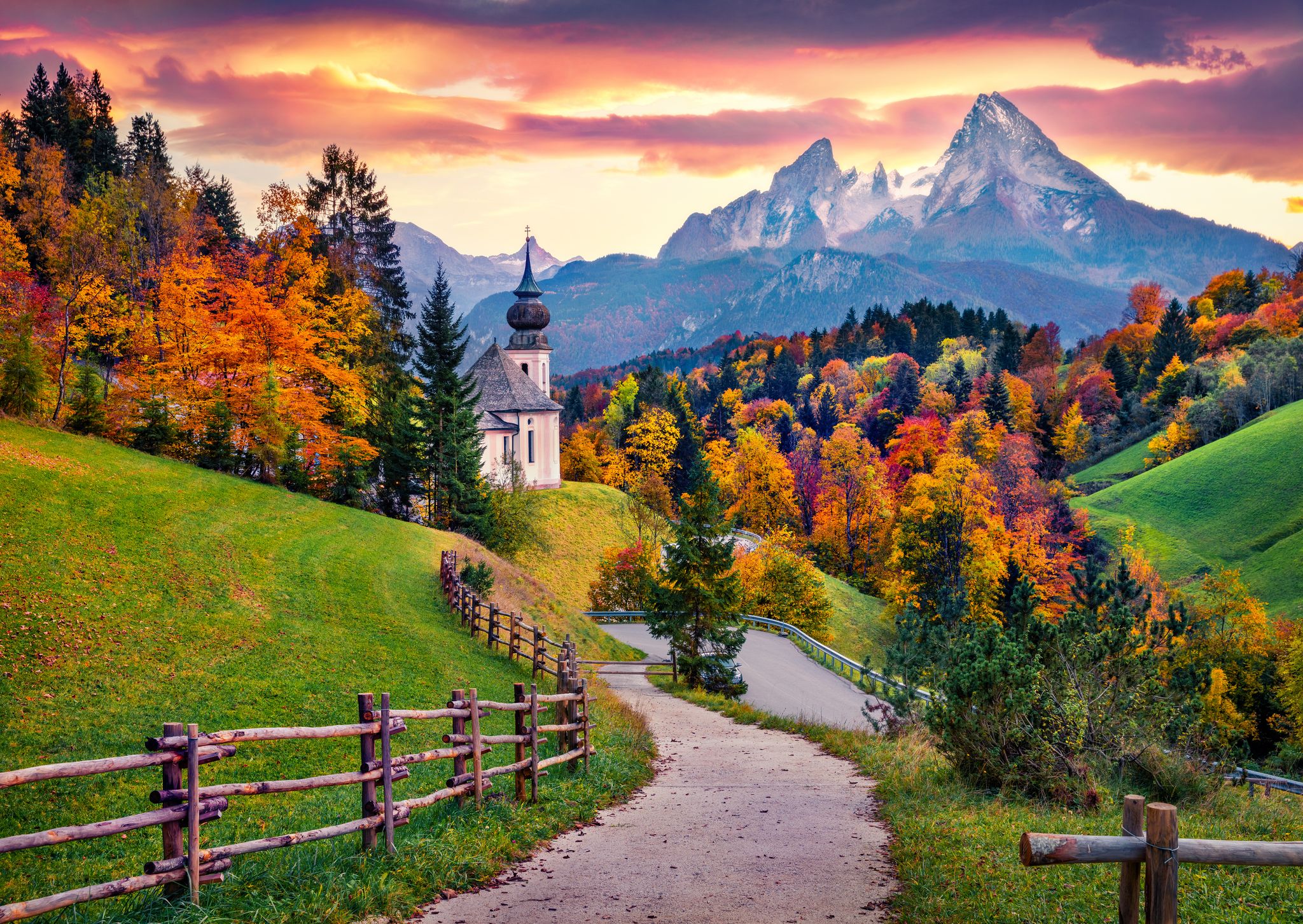
The best times to hit the road are late spring (May and June) and early autumn (September and October). These months are perfect for road trips in Germany because of the mild weather and stunning scenery.
For a magical experience, drive through the Black Forest during these times. In late spring, the forest is lush and green, perfect for hiking and exploring charming villages. Come autumn, the landscape transforms into a kaleidoscope of vibrant fall colors, creating picturesque views at every turn.
The Romantic Road is another fantastic route best enjoyed during these months. This scenic drive takes you through medieval towns, fairytale castles, and beautiful countryside.
Spring brings blooming flowers and lively festivals, while autumn offers a peaceful vibe with fewer tourists and golden-hued landscapes.
Best Time to Visit Germany for Budget Travelers
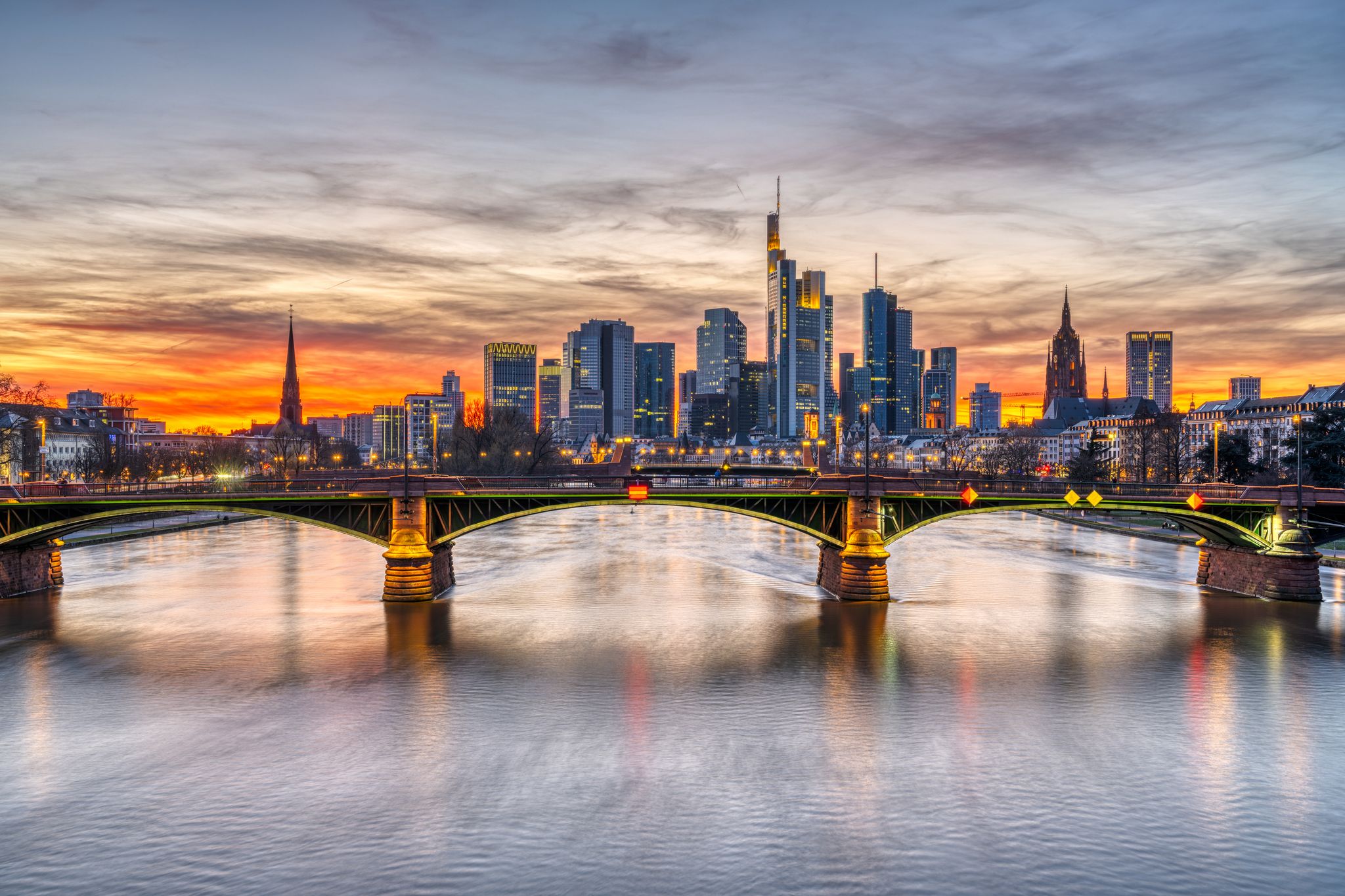
For budget travelers, the shoulder season that falls in spring (March to May) and autumn (September to October) is the best time to visit Germany.
During these months, you can enjoy pleasant weather, fewer crowds, and lower prices on accommodations and attractions. You'll also have the chance to witness the beautiful blooming flowers in spring or the stunning fall colors in autumn.
If you don't mind the cold weather and you’re looking for a budget-friendly option, the winter holidays are the best time to visit Germany. Christmas markets are a beloved tradition in Germany, offering a magical atmosphere filled with lights, music, and delicious treats.
Additionally, winter is considered the off-peak season, meaning you can find great deals on flights and accommodations.
Consider looking for city break packages in Germany that include accommodations and optional add-ons such as flights. These packages are often cheaper than booking services individually and provide added convenience.
For instance, a 3-day city break in Hamburg only costs 207 EUR, including 4-star accommodation. Meanwhile, a 4-day city break in Berlin with 4-star accommodation can be as low as 240 EUR. With some planning and flexibility, traveling to Germany on a budget is easy.
FAQs About the Best Time To Visit Germany
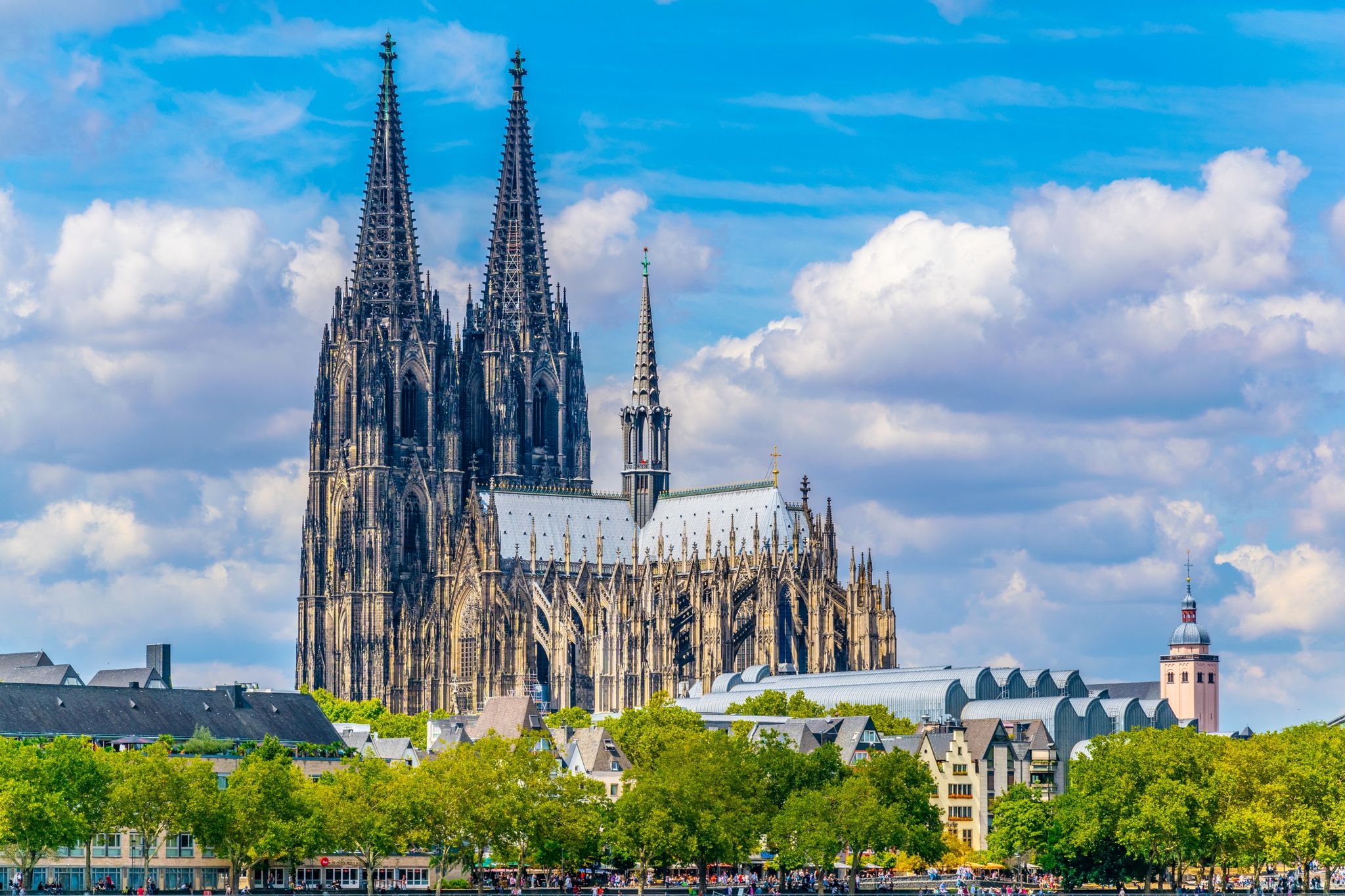
How do the seasons affect the cost of accommodations in Germany?
During peak season, which typically spans late spring to early fall, accommodation prices rise due to high demand. However, during the cozy winter months, prices often drop as tourist crowds thin out, making it an ideal time to snag some fantastic deals on accommodations in Germany.
Shoulder seasons, in spring and fall, offer a sweet spot between the two extremes, with slightly higher prices but still plenty of opportunities to find affordable stays.
What is the cheapest month to travel to Germany?
The best month to visit Germany if you’re budget-conscious is typically January. During this off-peak season, you’ll find lower prices on flights and accommodations, making it a budget-friendly time to explore the country.
While the weather can be cold and wintery, there are still plenty of indoor attractions to enjoy, such as museums, castles, and cozy cafes. Additionally, it’s the best time to visit Germany for its charming winter atmosphere and possibly even catch some post-holiday sales and events.
When is the best time to visit Germany for outdoor activities?
Generally, the spring and summer months, from April to September, are the best times to visit Germany for outdoor activities. During this time, the weather is mild and conducive to various outdoor activities such as hiking, biking, camping, and exploring the country's scenic landscapes.
If you’re after lush greenery and pleasant temperatures, spring is the best time to visit Germany. Meanwhile, summer offers longer daylight hours and warmer temperatures, ideal for outdoor pursuits like swimming, kayaking, and picnicking in parks.
Is there a bad time to visit Germany?
There isn’t necessarily a bad time to visit Germany, but certain periods might be less ideal depending on your personal preferences. If you prefer quieter, less crowded experiences, visiting Germany during the Oktoberfest period (late September to early October) might not be ideal.
Munich, in particular, becomes extremely crowded and noisy due to the festival’s large-scale celebrations and festivities.
July and August can be quite hot, with temperatures often rising above 86 F (30 C). While this might be the best time to visit Germany for those seeking sun and warmth, it can make outdoor activities uncomfortable and tiring, especially if you’re not accustomed to the heat.
Visiting Germany during the winter months can be challenging due to the cold weather and limited outdoor activities. However, there's a special charm in the winter, particularly in December, when the Christmas markets are in full swing, creating a magical and festive atmosphere. If you don’t mind the cold, you might enjoy the winter wonderland experience.
Best Time To Visit Germany: A Recap
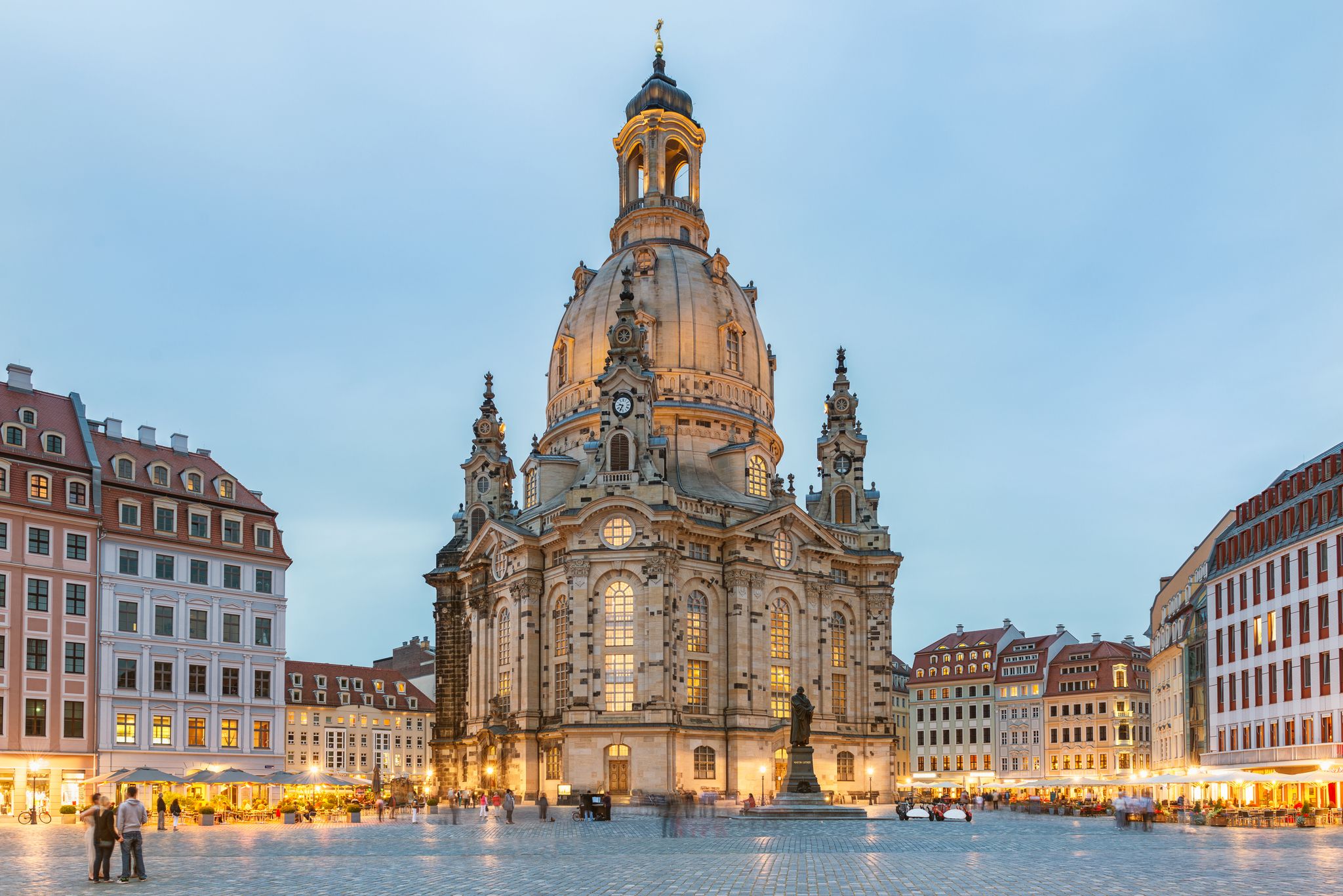
The best time to visit Germany depends on your purpose and budget. Spring offers a laid-back, less-crowded experience with lower prices, ideal for nature walks or scenic road trips. Autumn provides a similar charm, along with the world-famous Oktoberfest, making it a must-visit season for beer enthusiasts.
Summer is perfect for outdoor adventures, whether exploring castles or hopping between breweries. Meanwhile, winter brings the magic of the Bavarian Alps, crowned by skiing and cozy retreats. December also delights with countless Christmas markets to explore, each filled with festive charm.
Did this guide help you find the best time to visit Germany? For more planning tips, check out our articles on the best times to visit specific cities and destinations in Germany.
